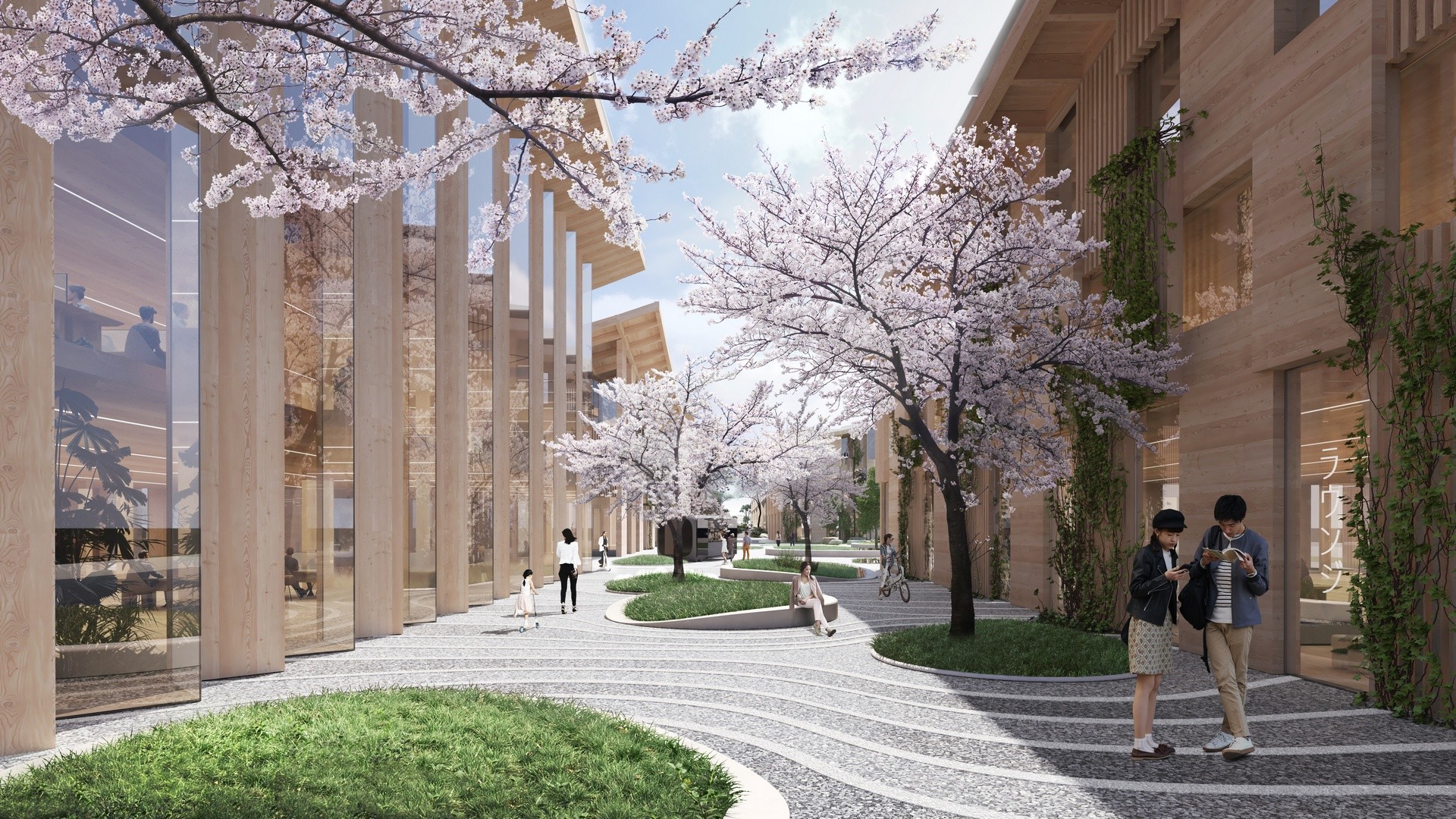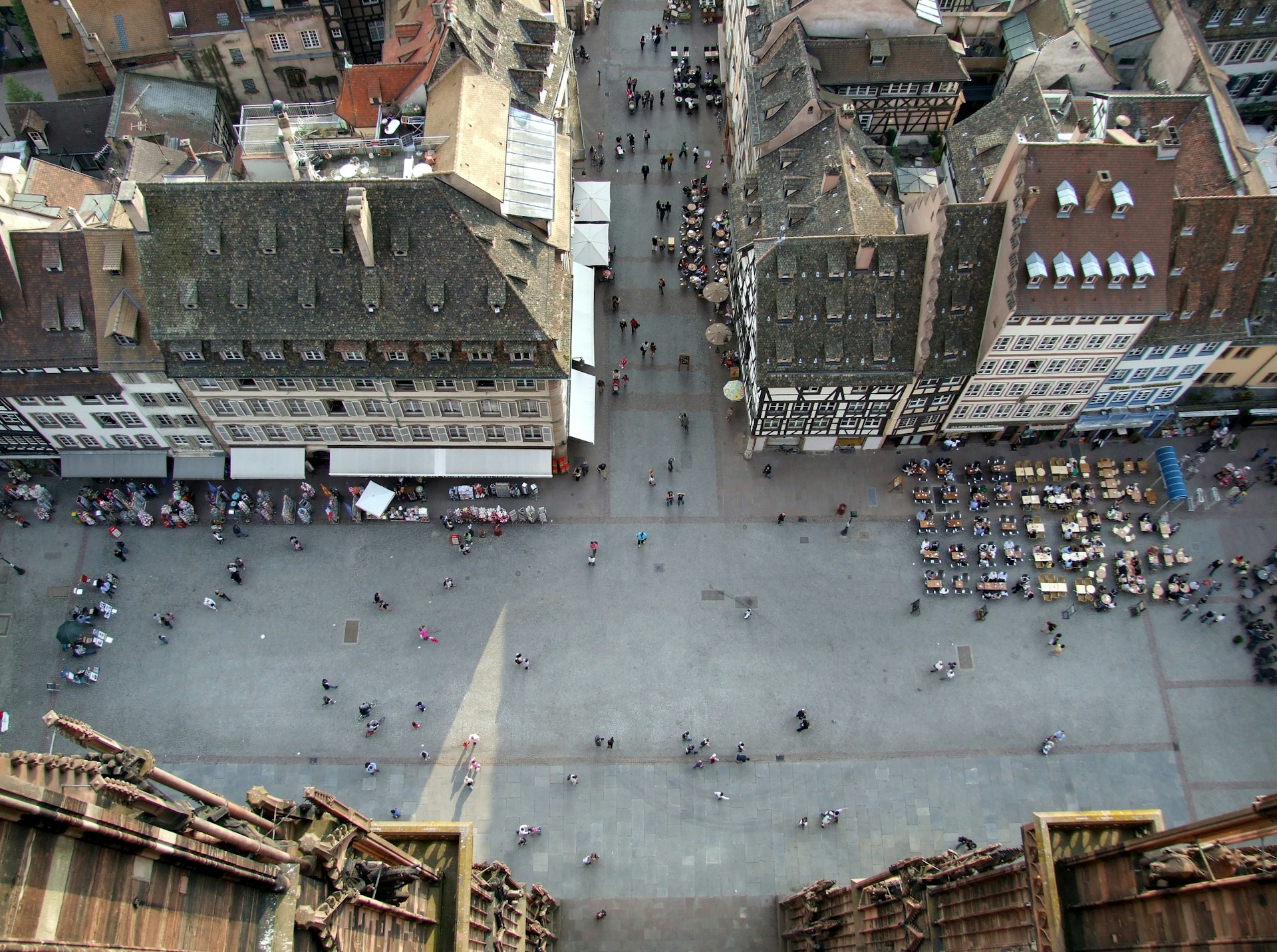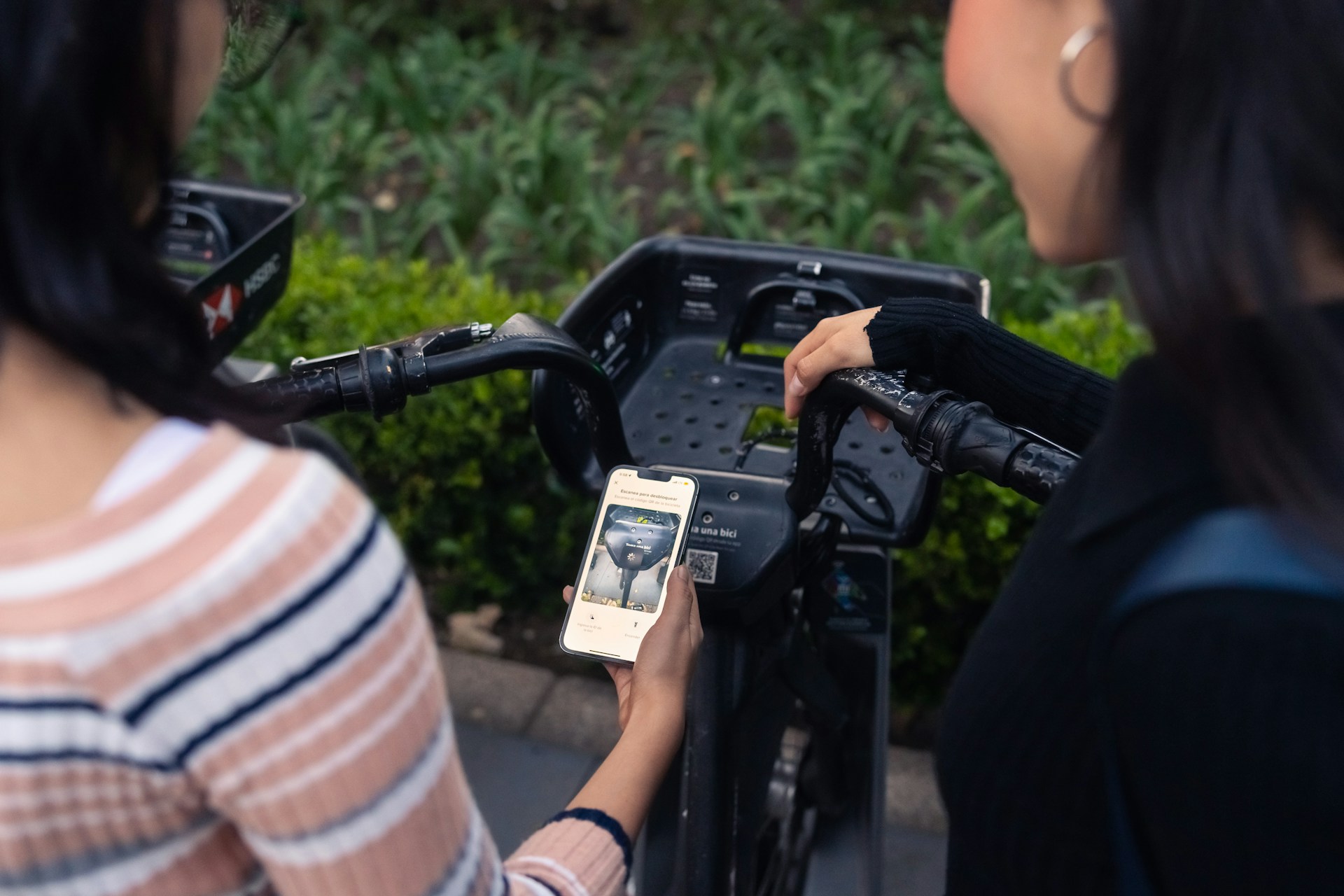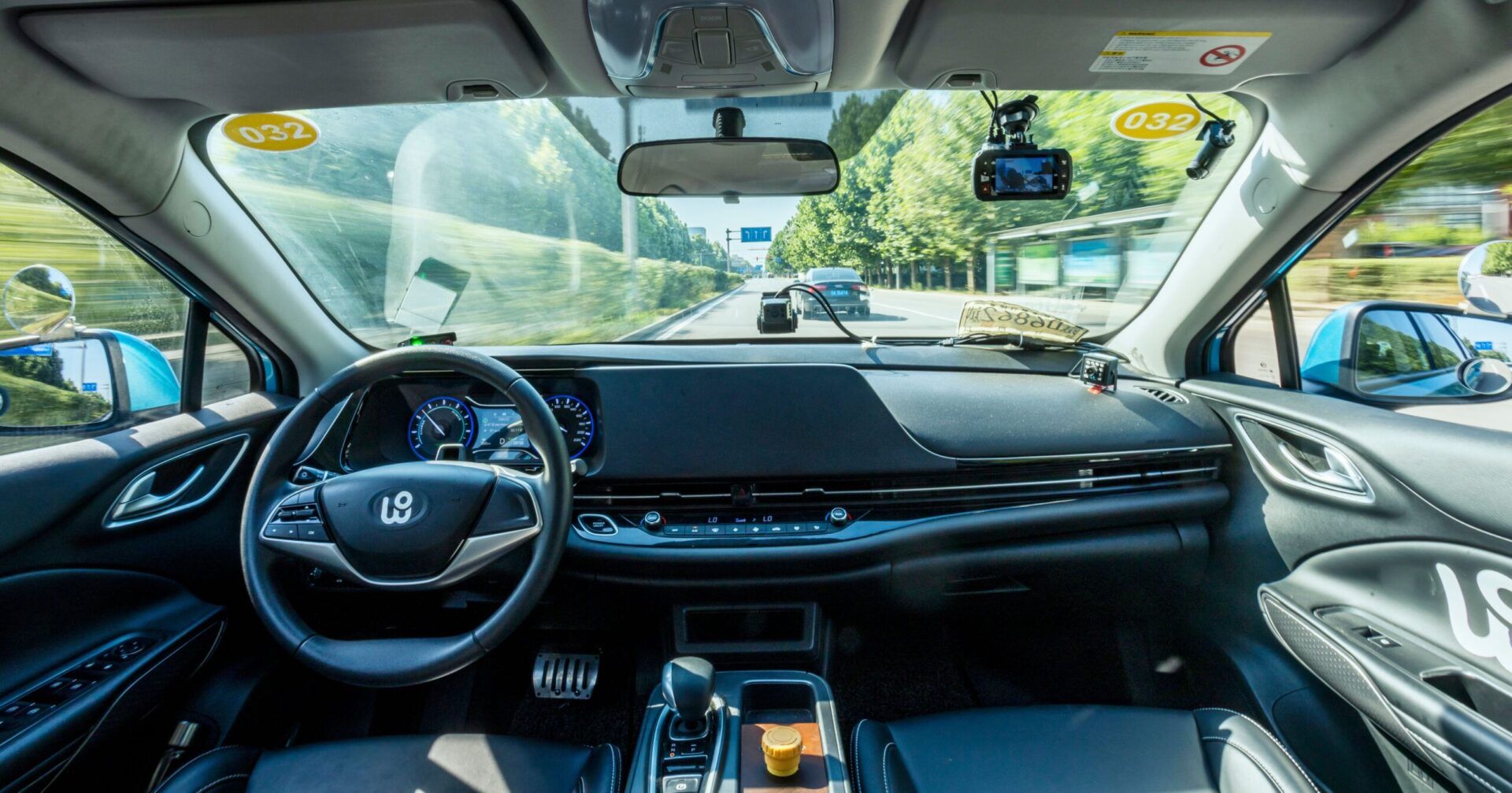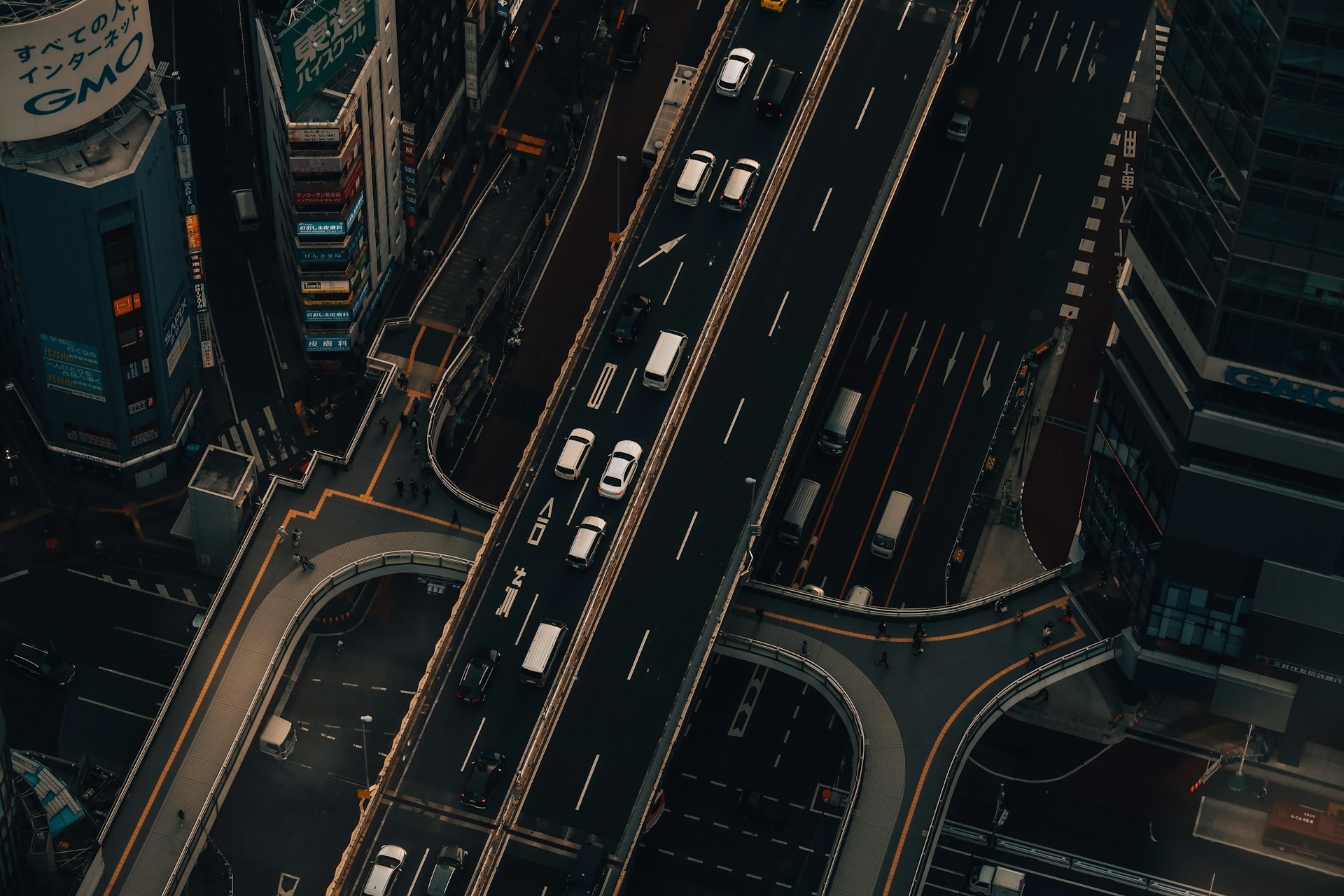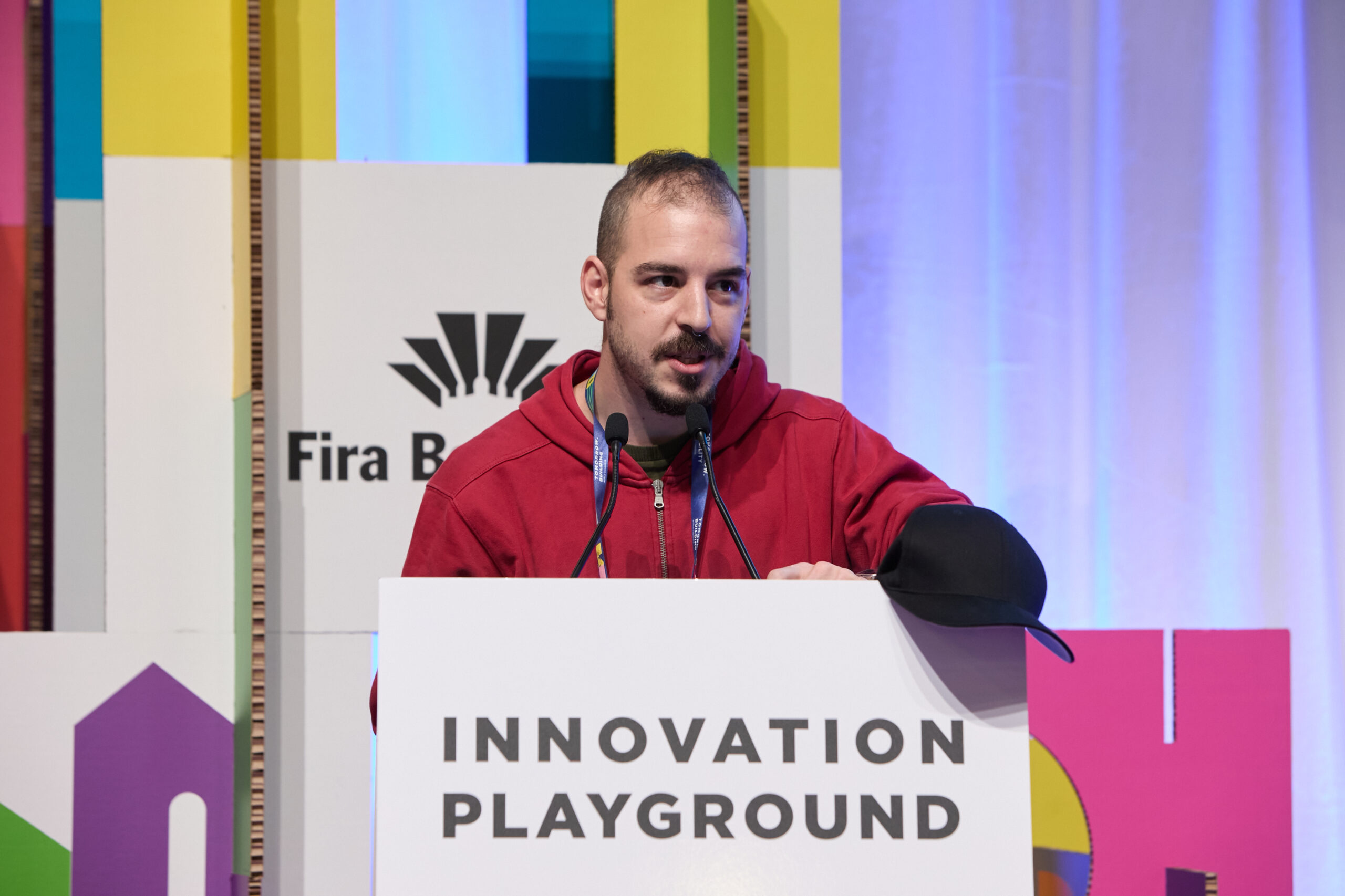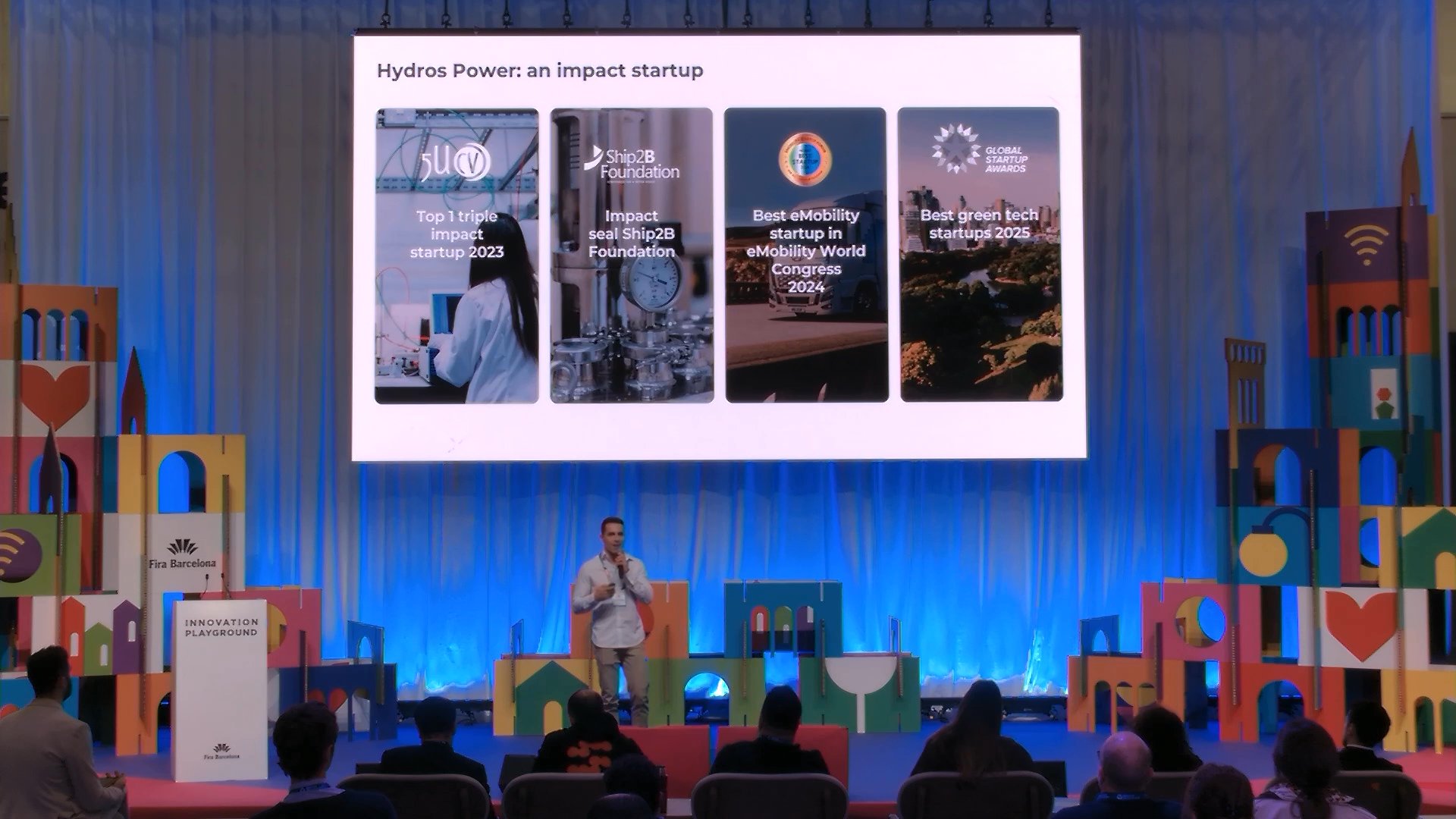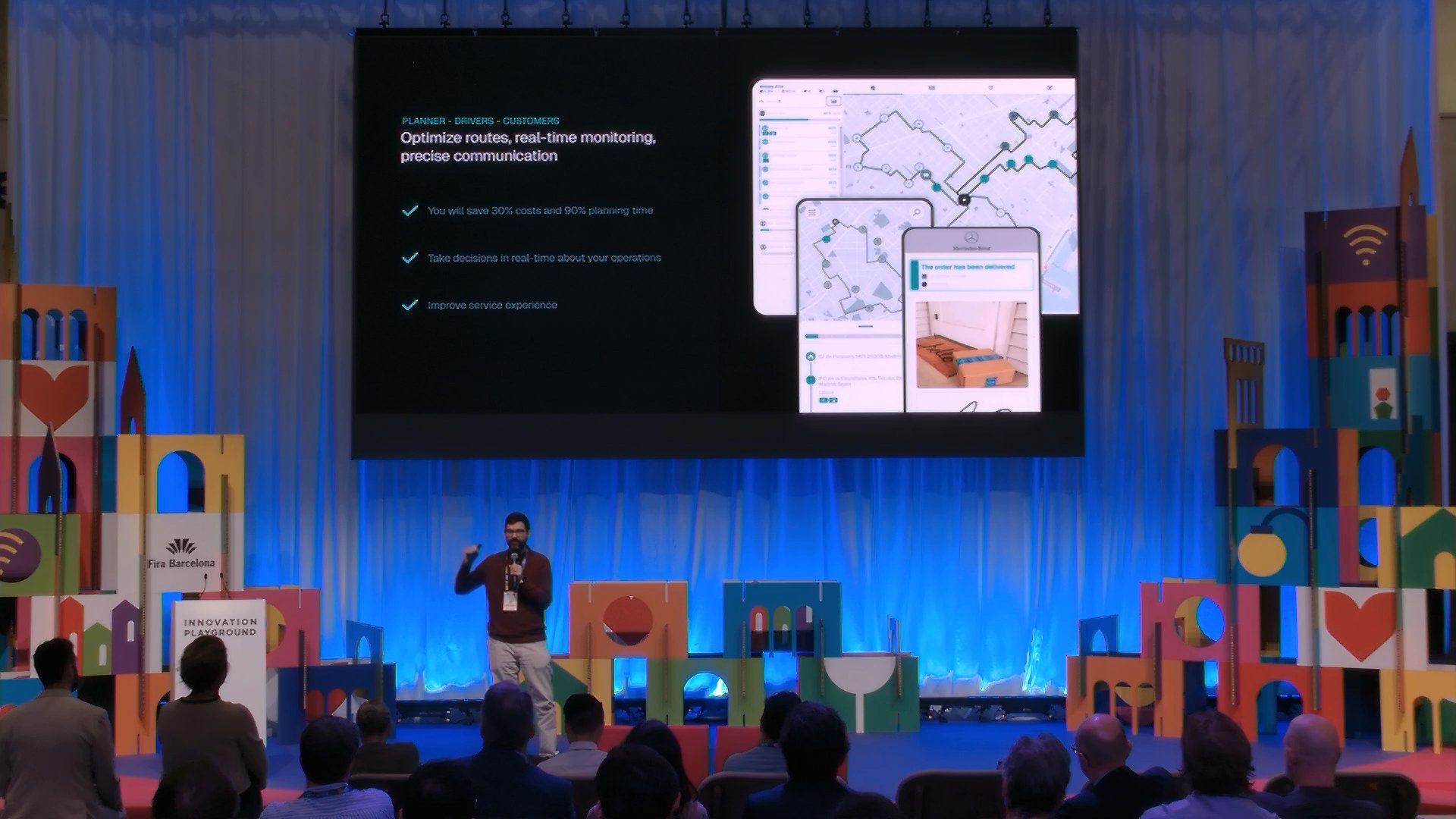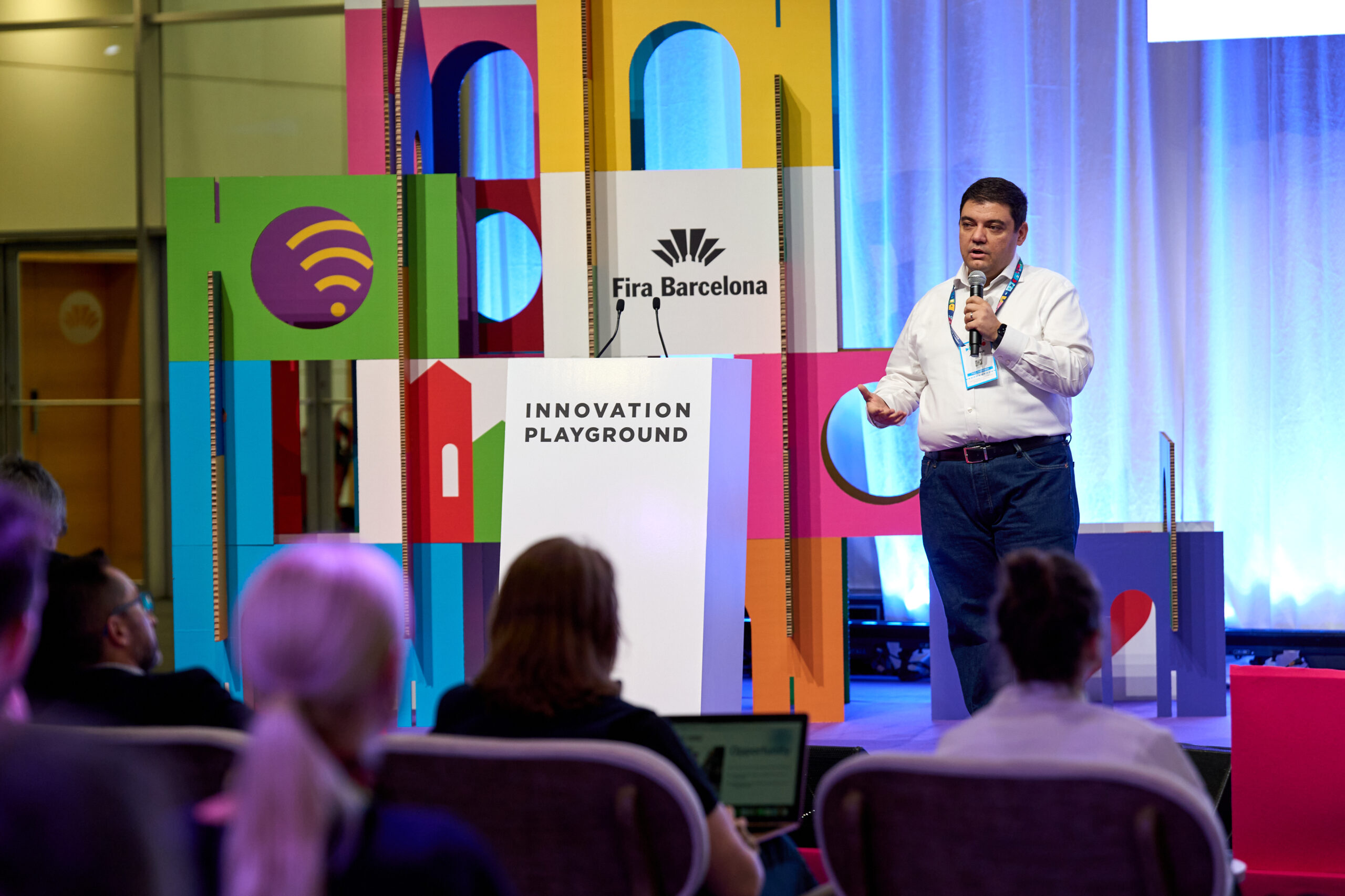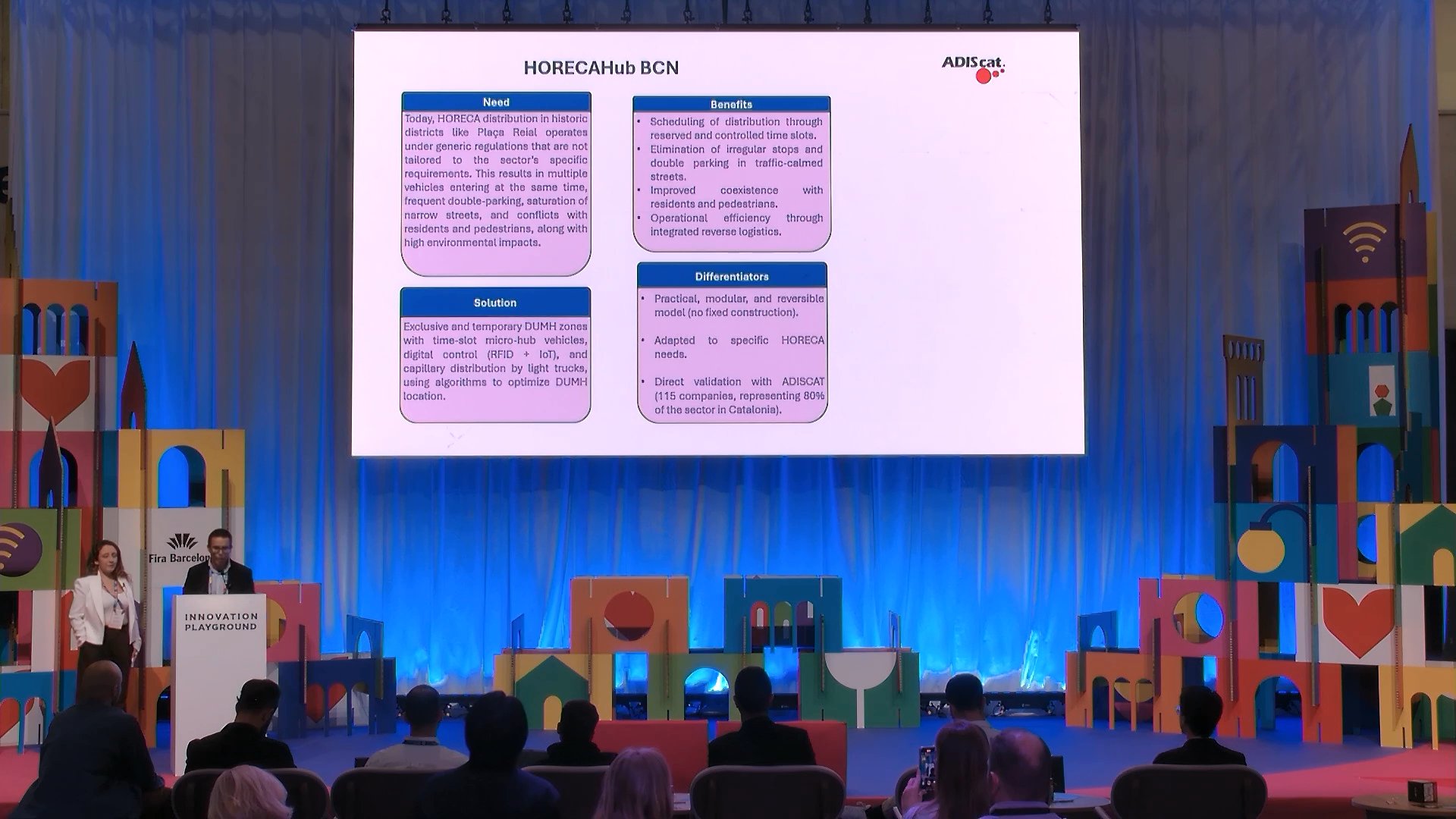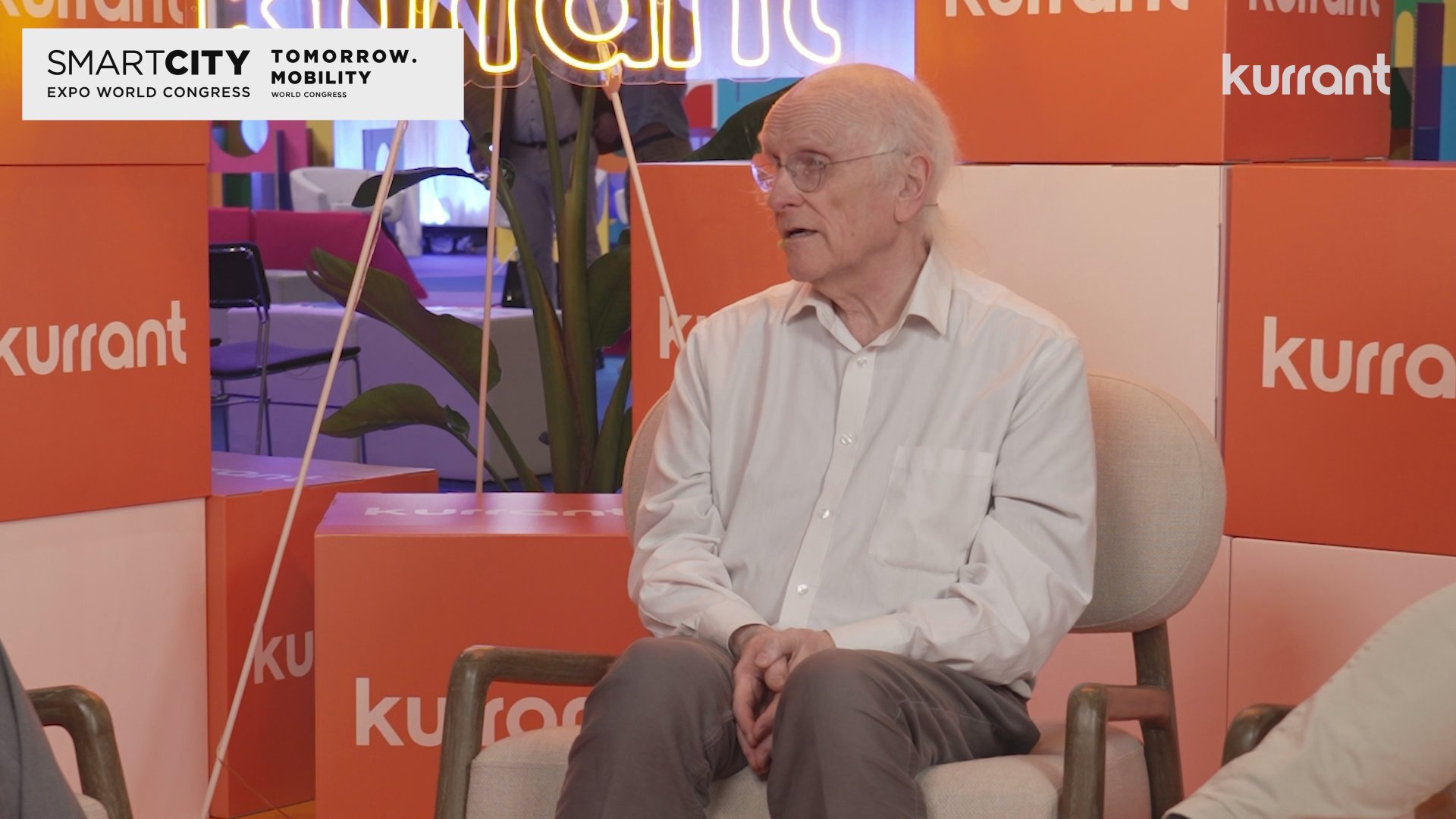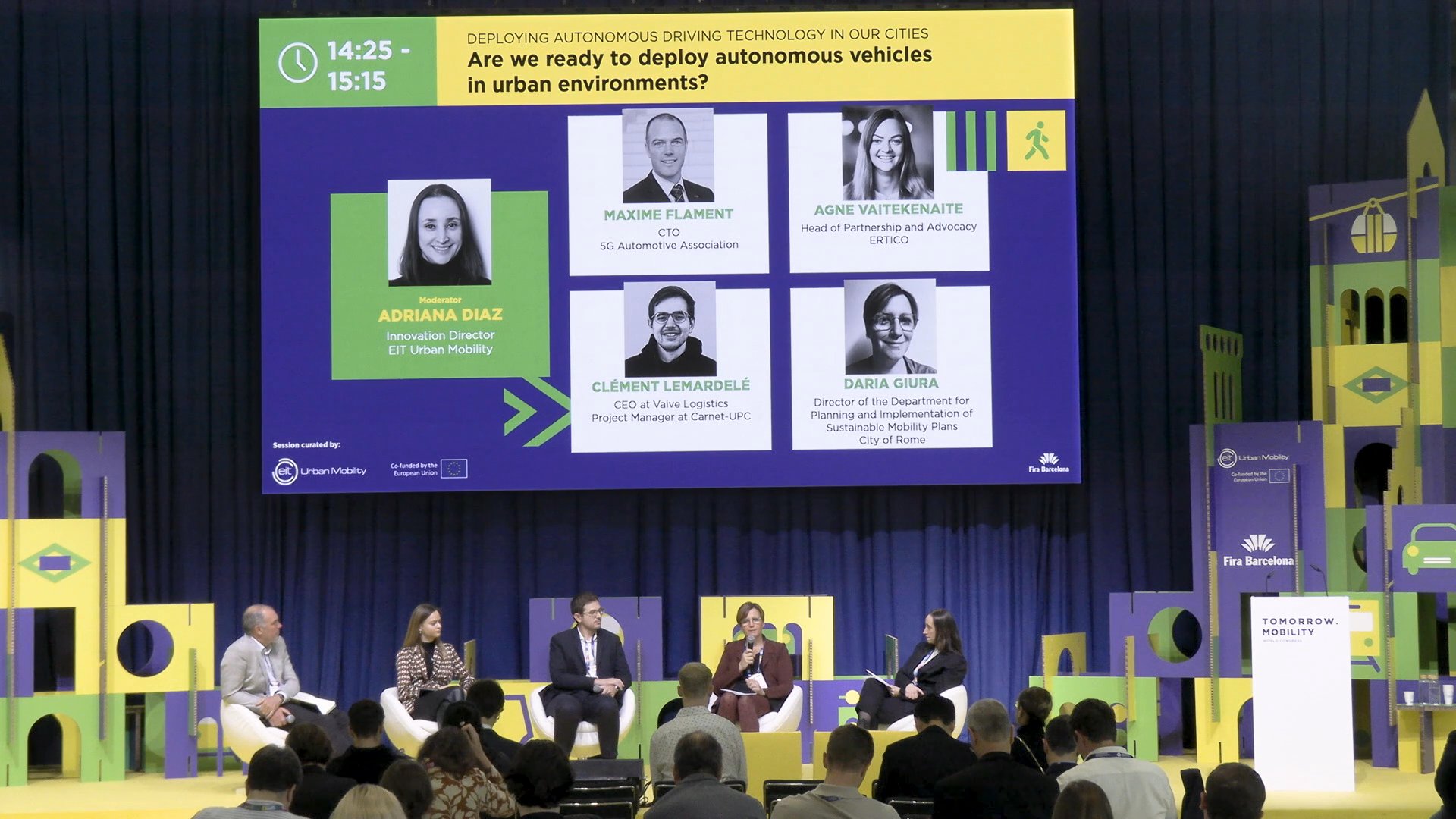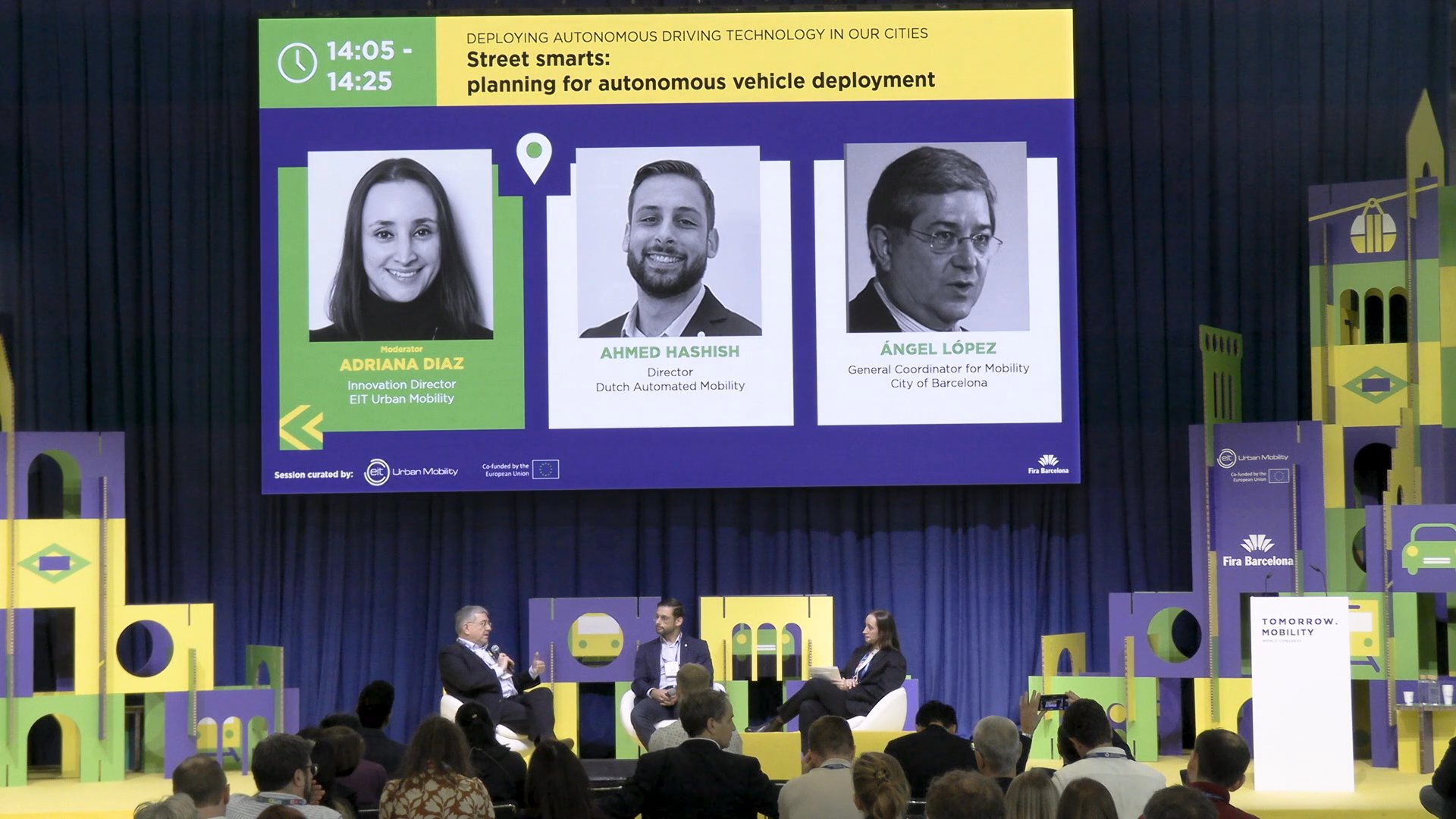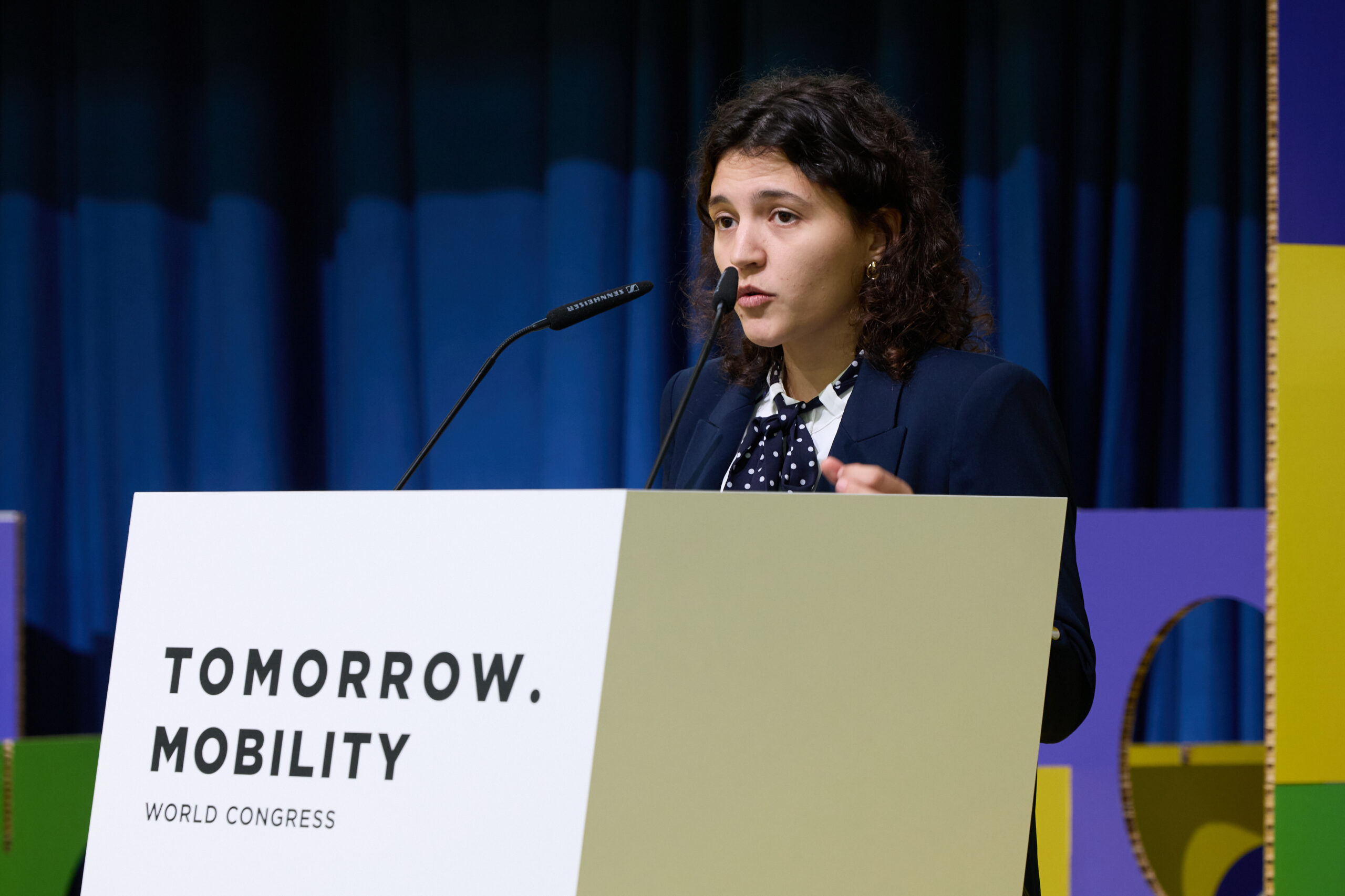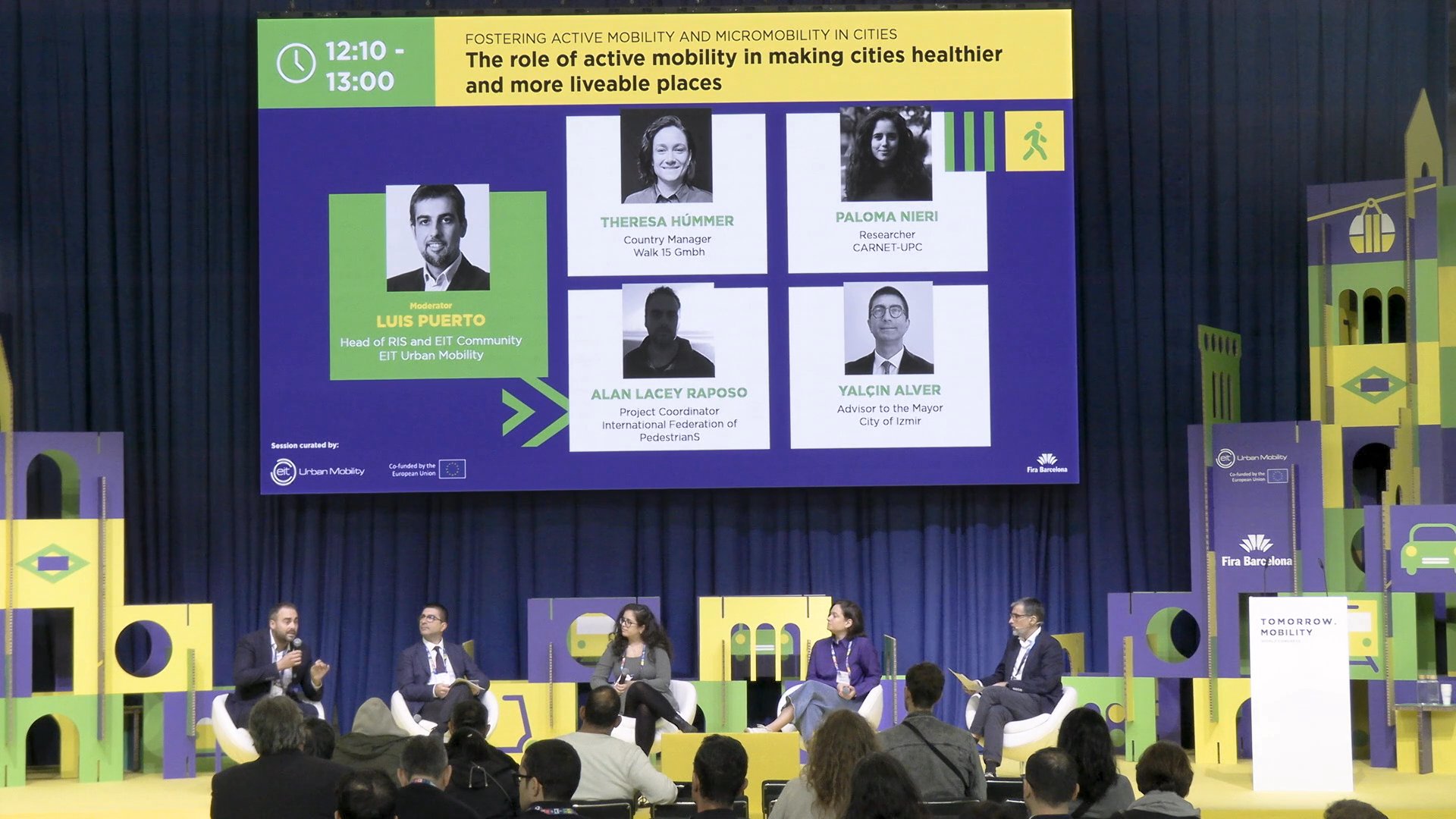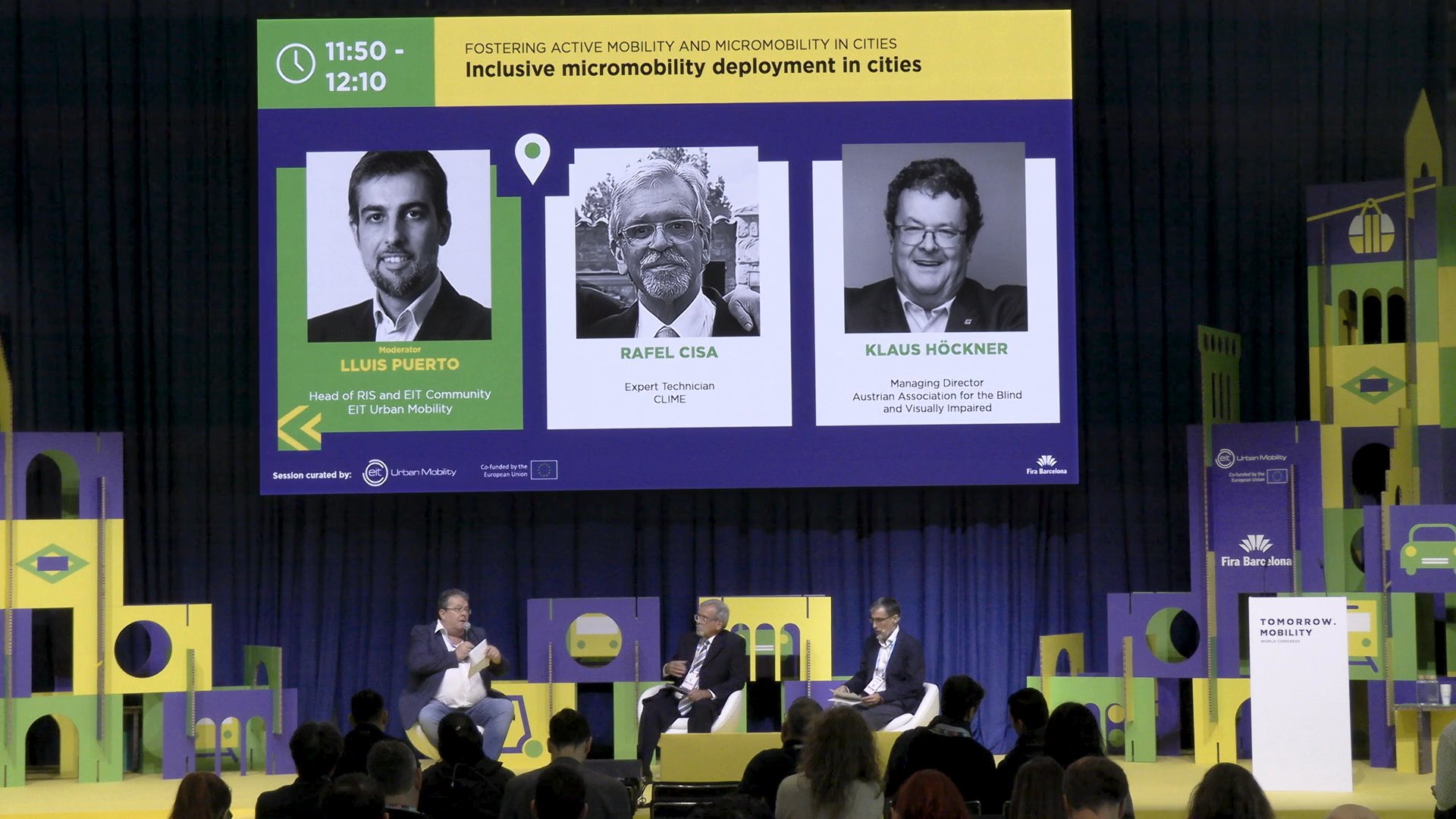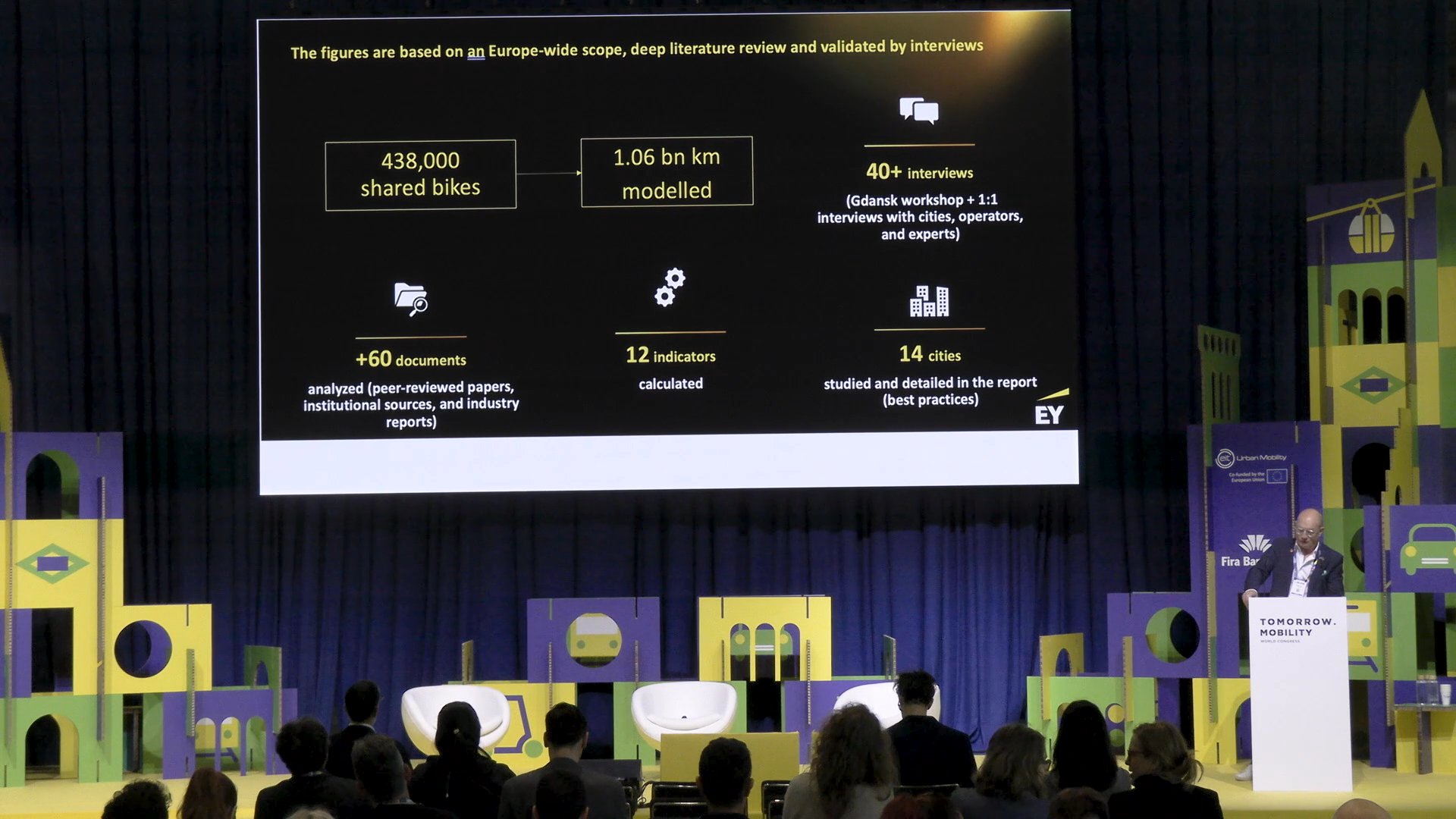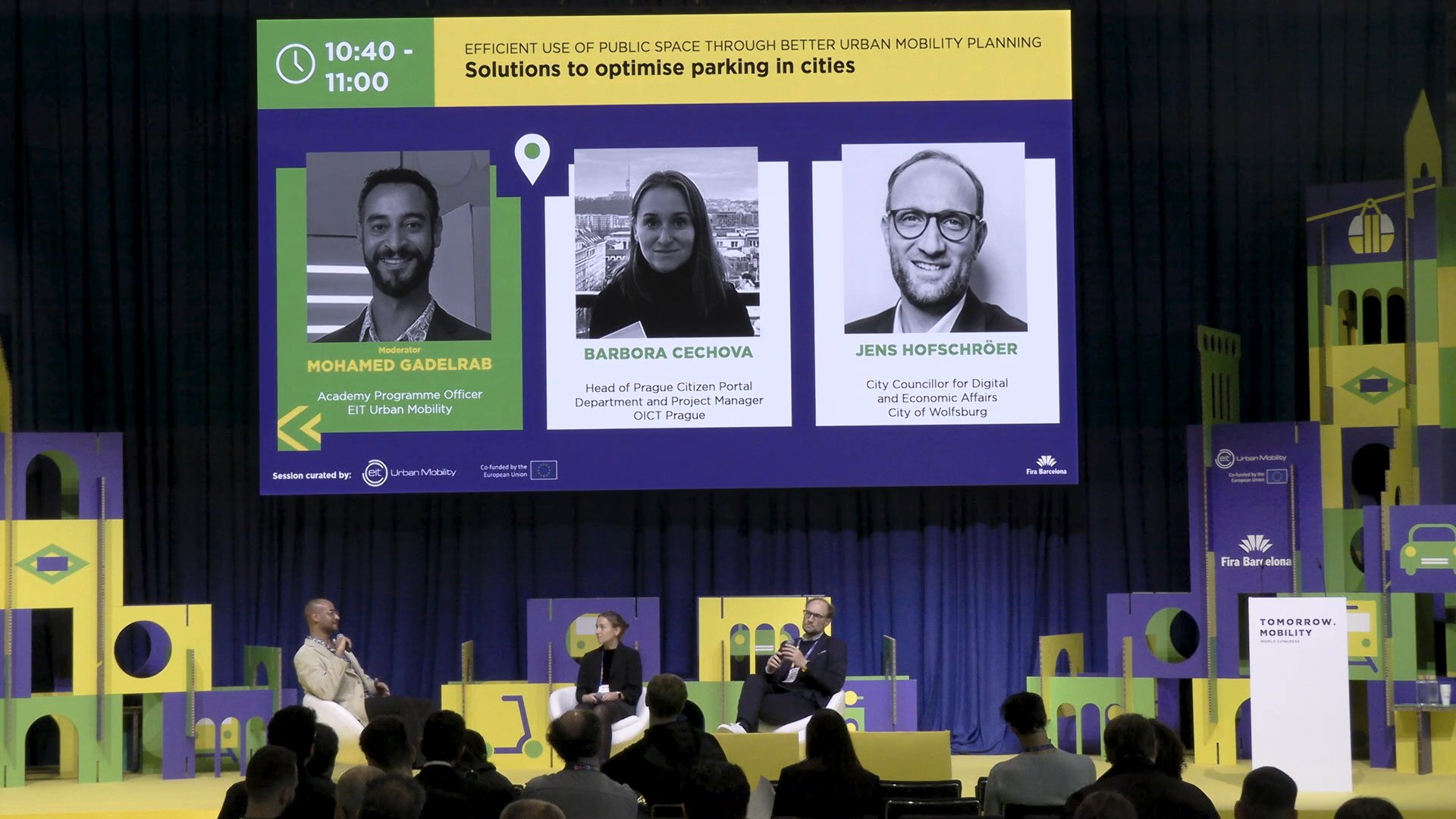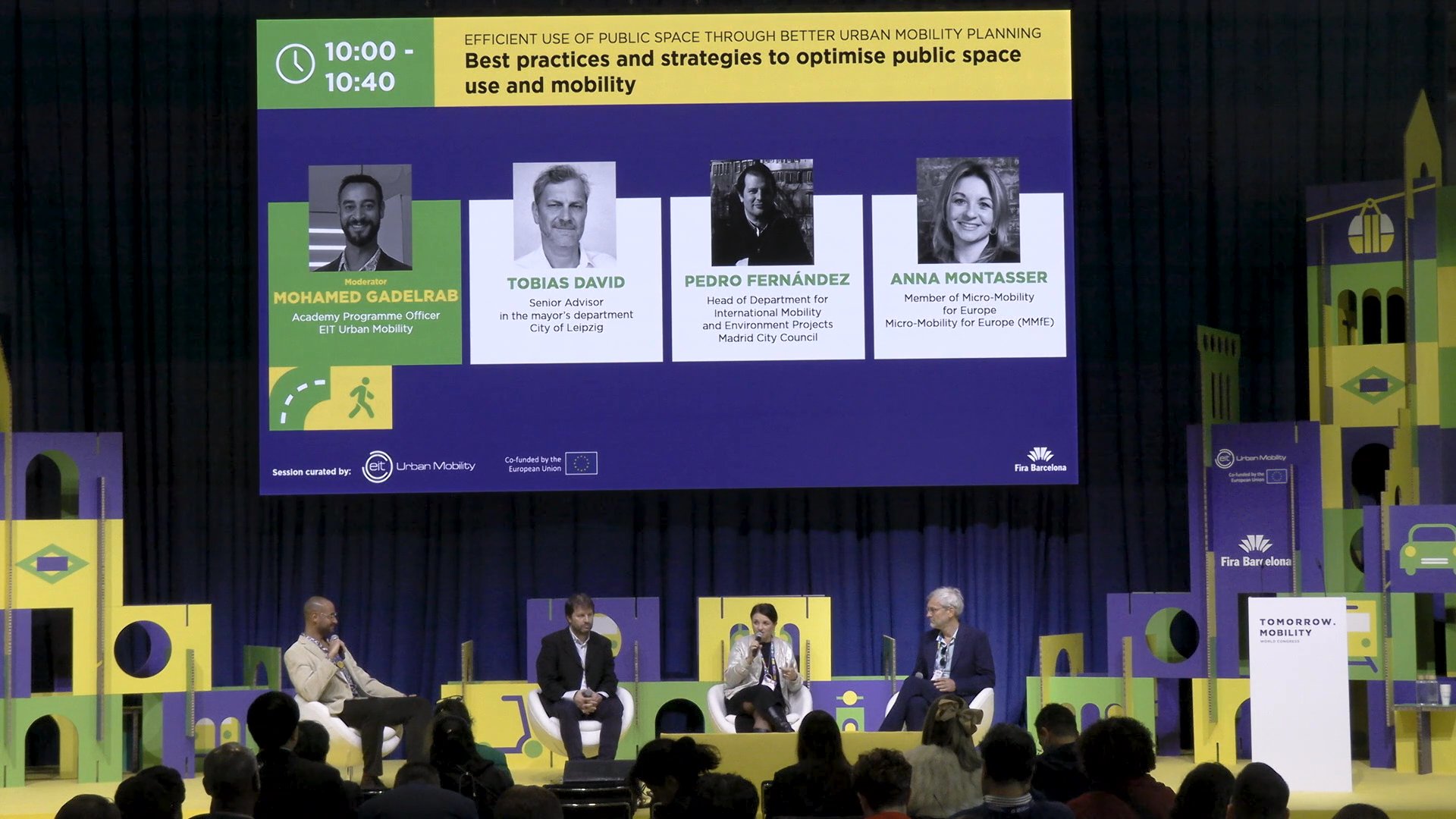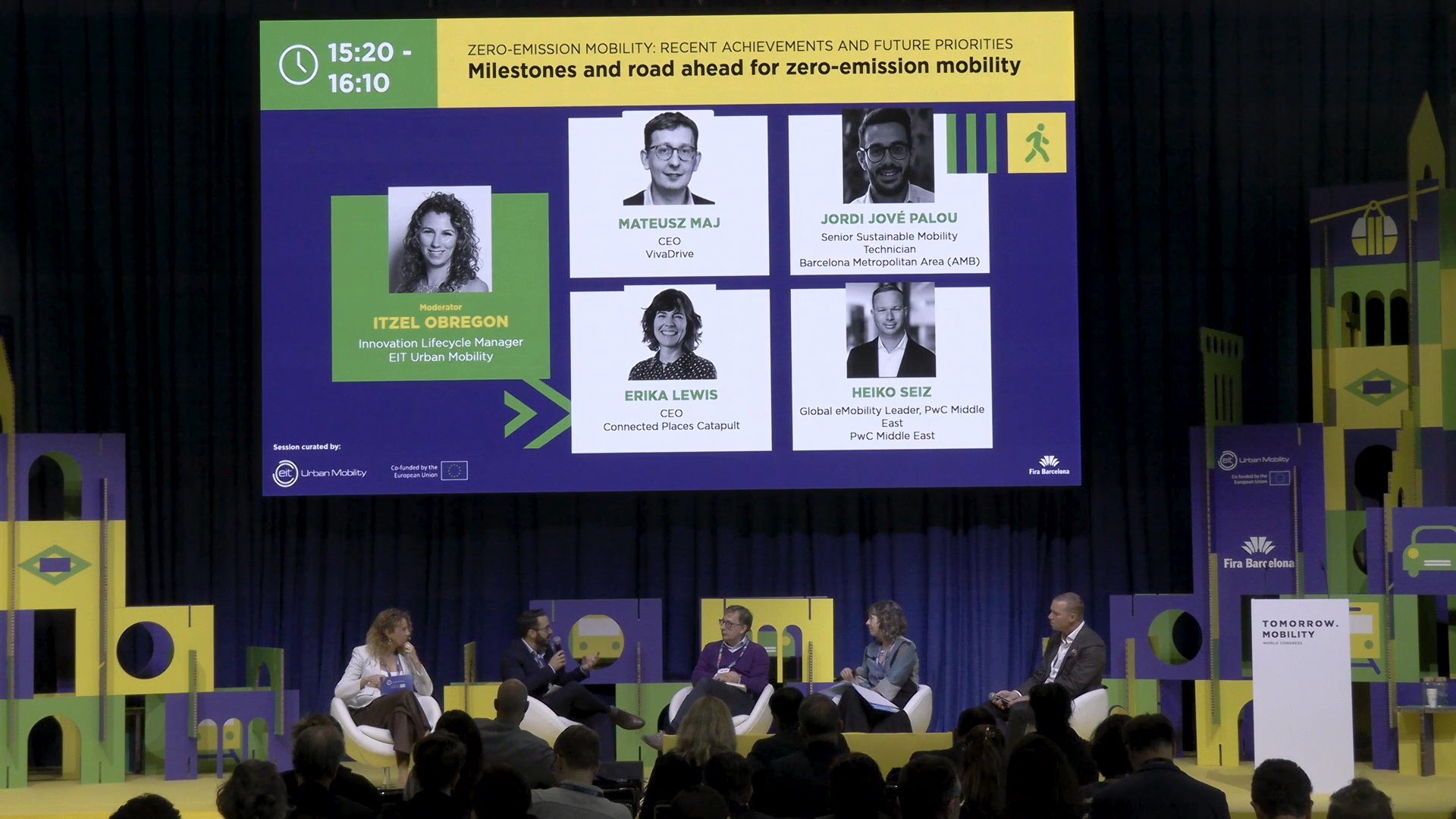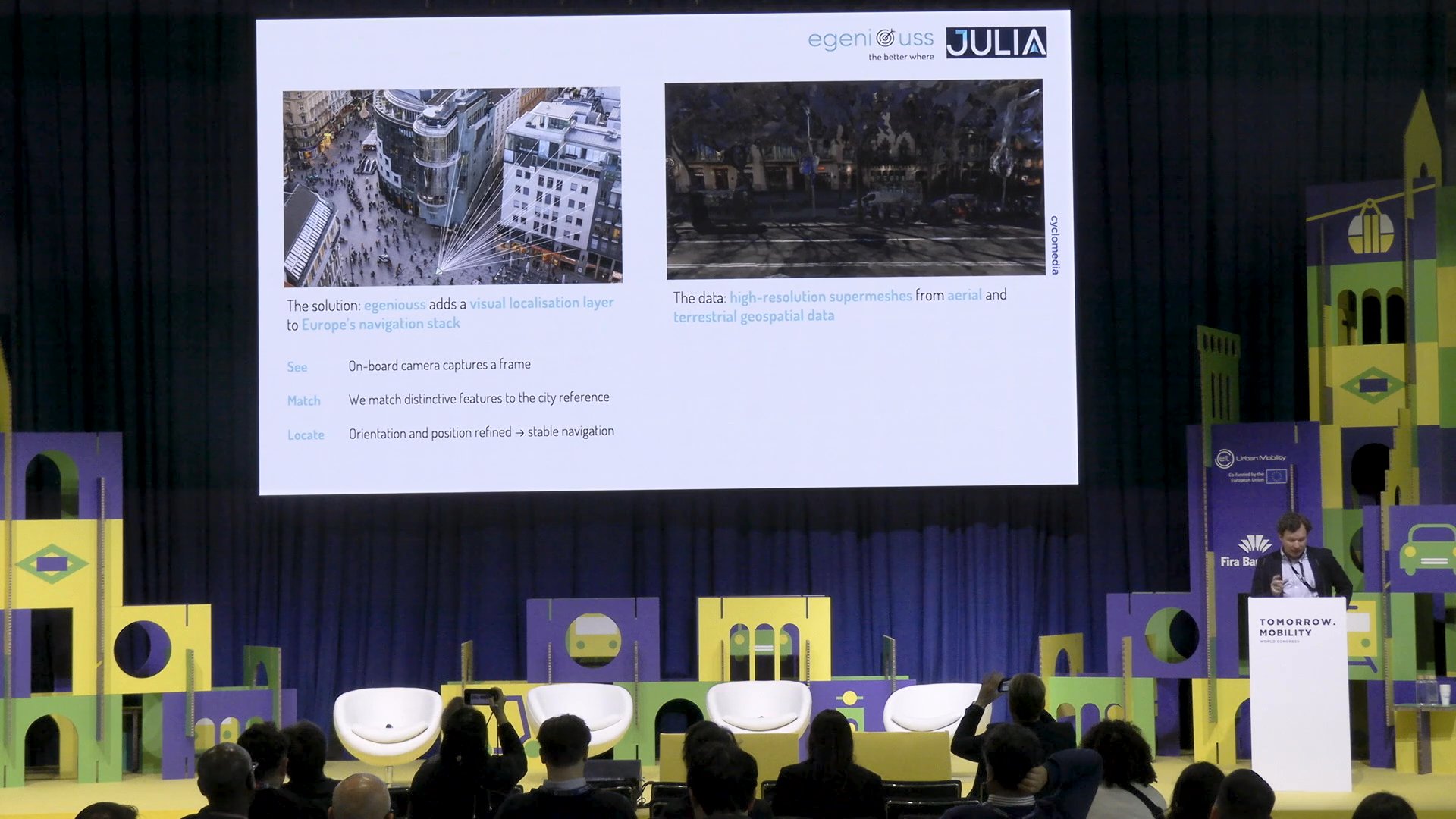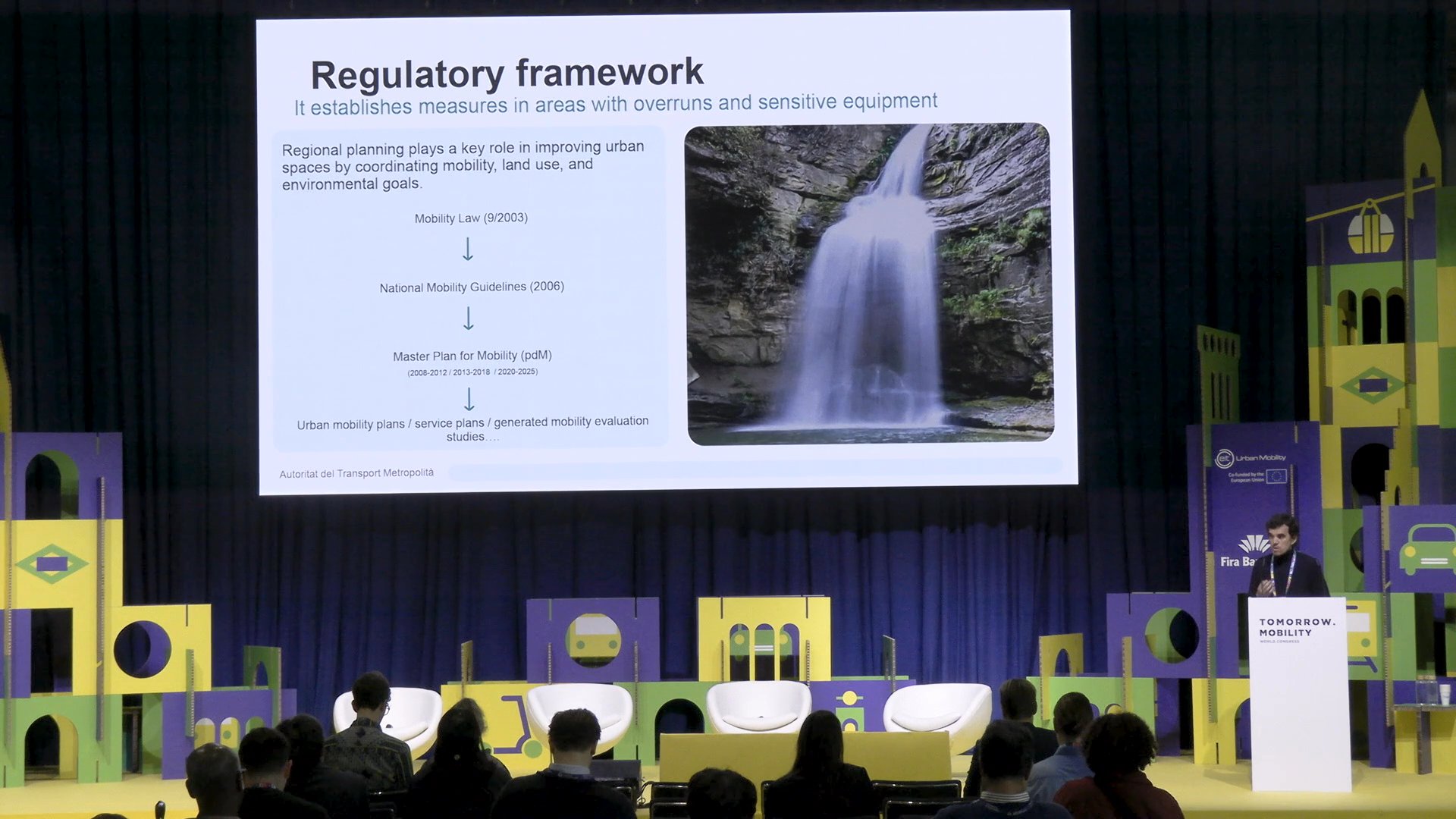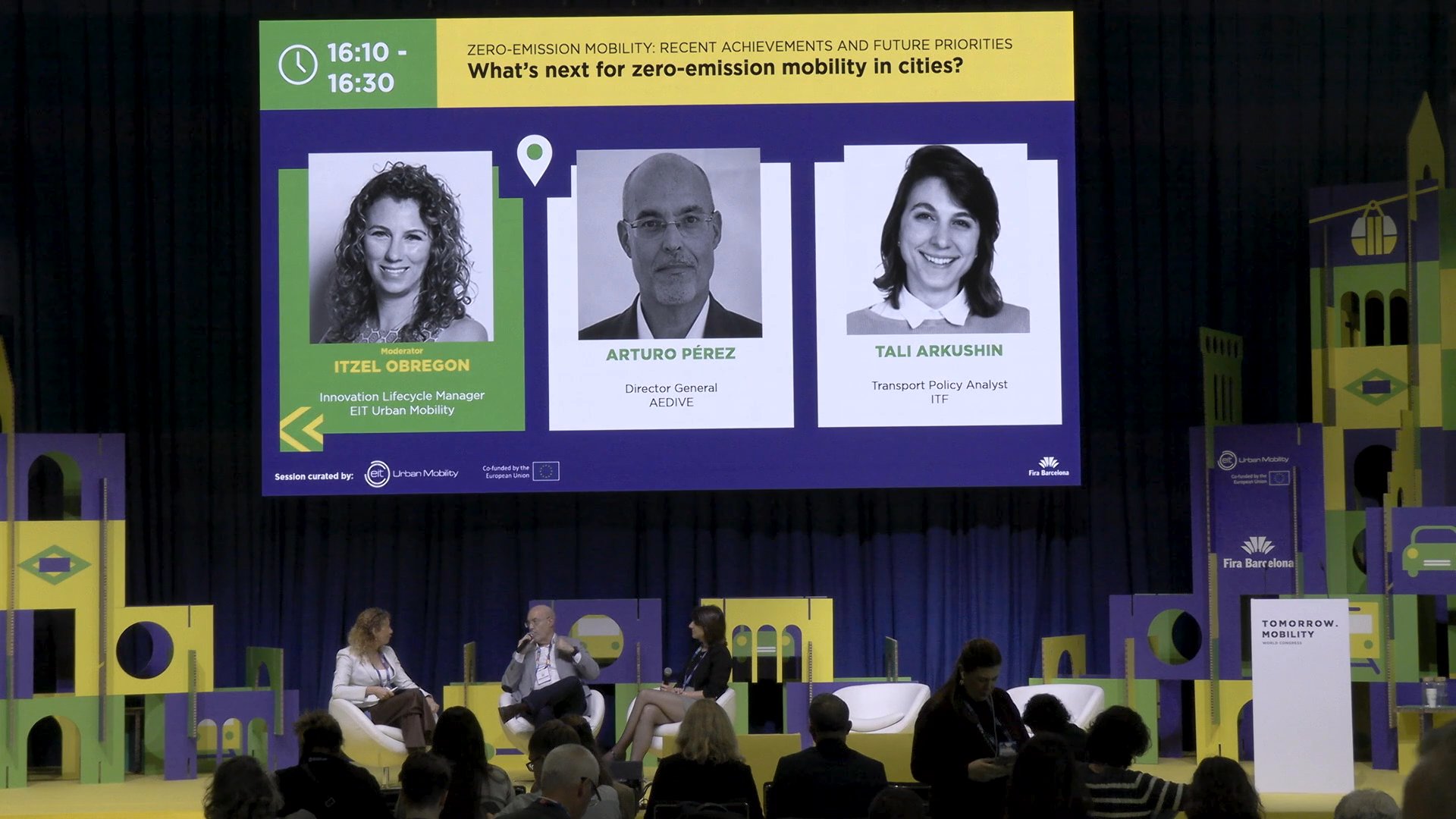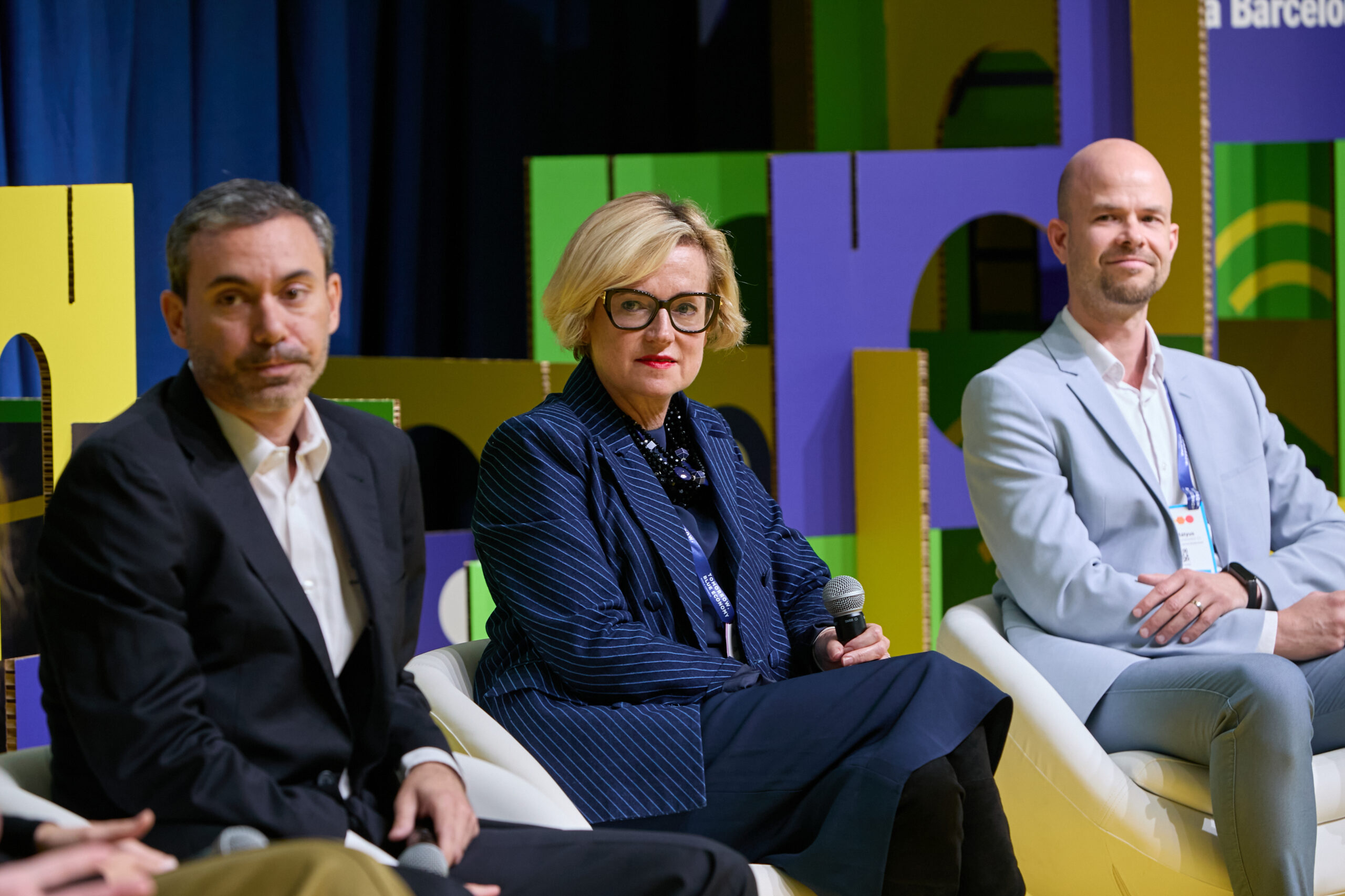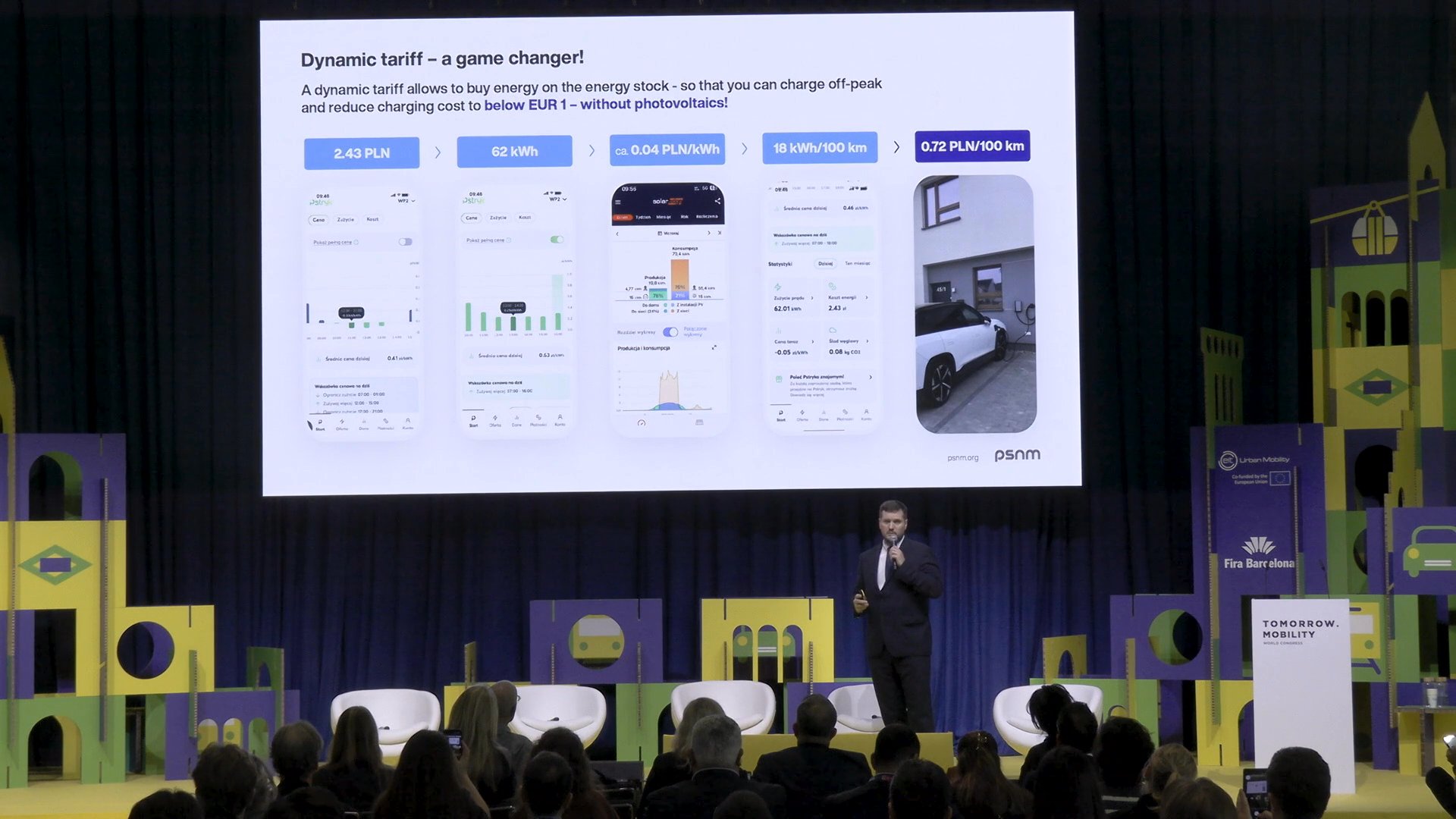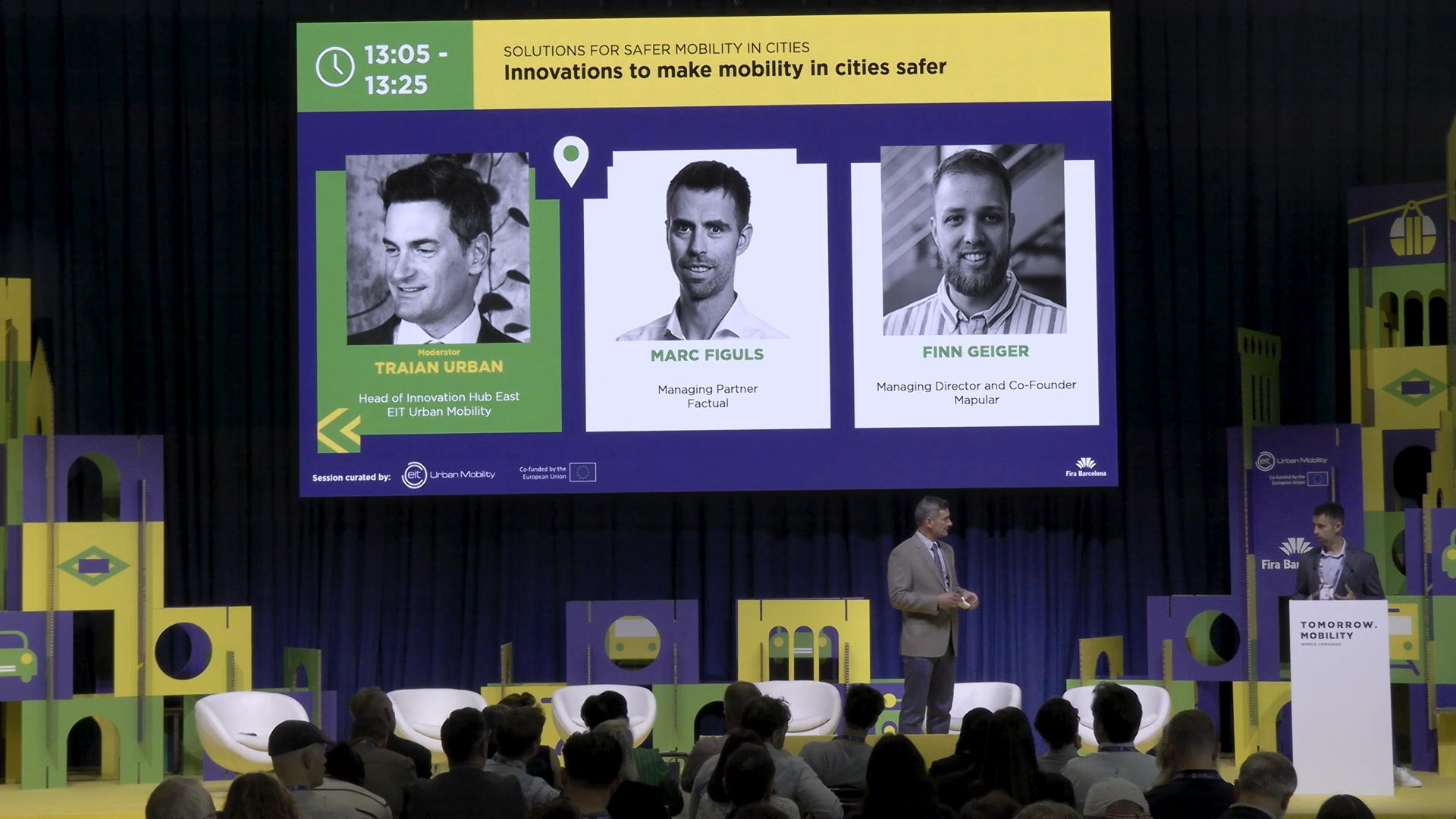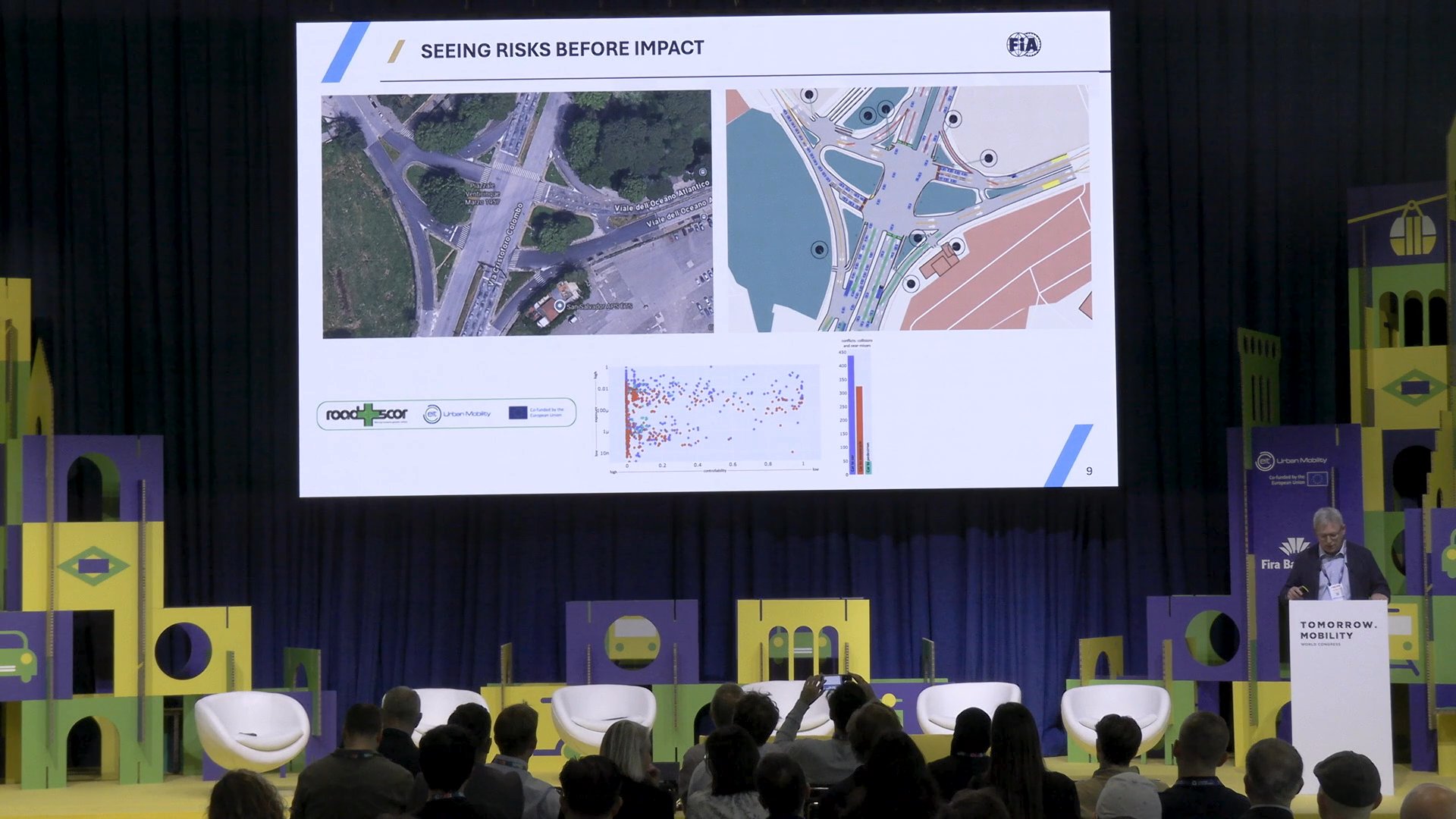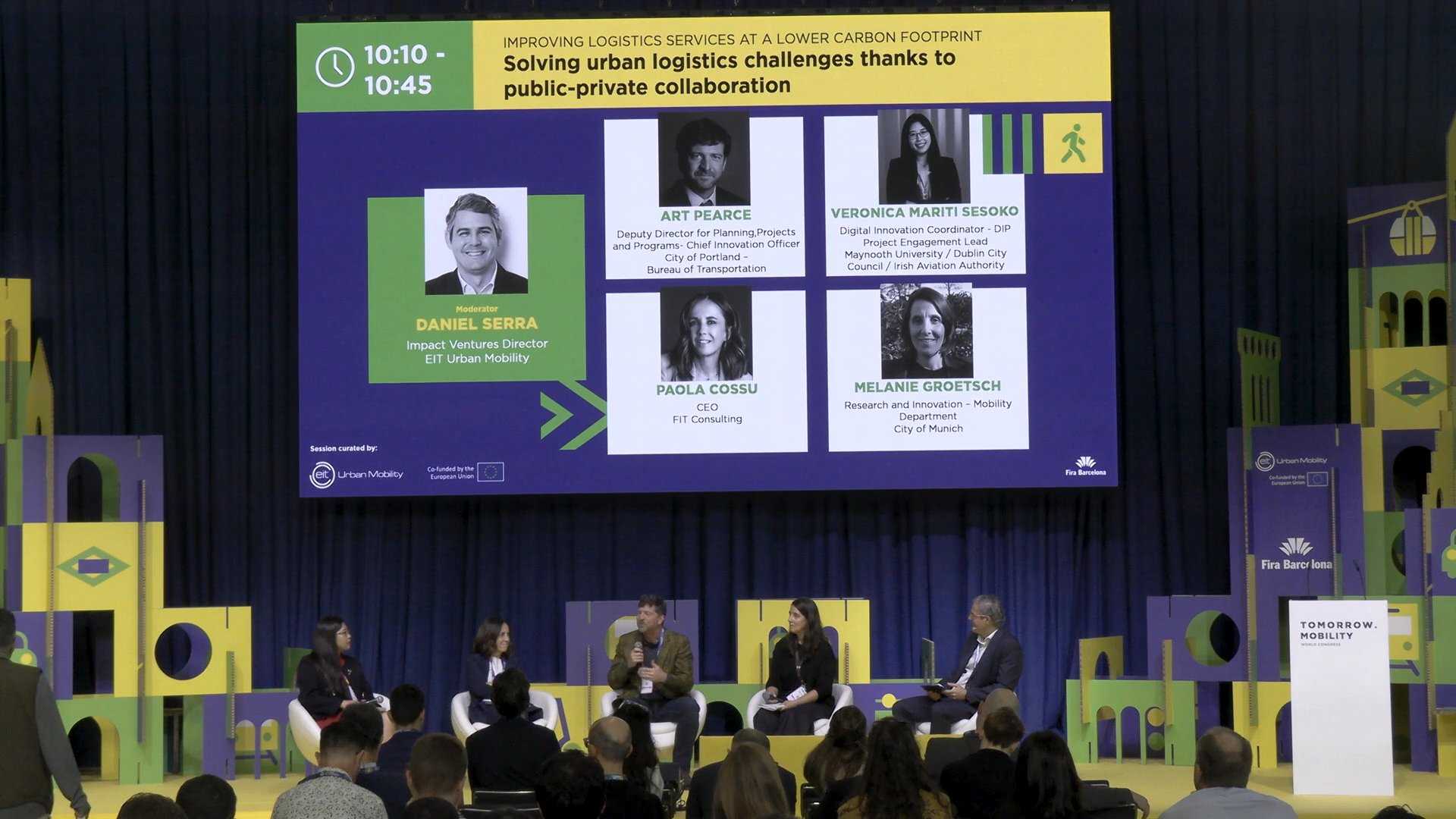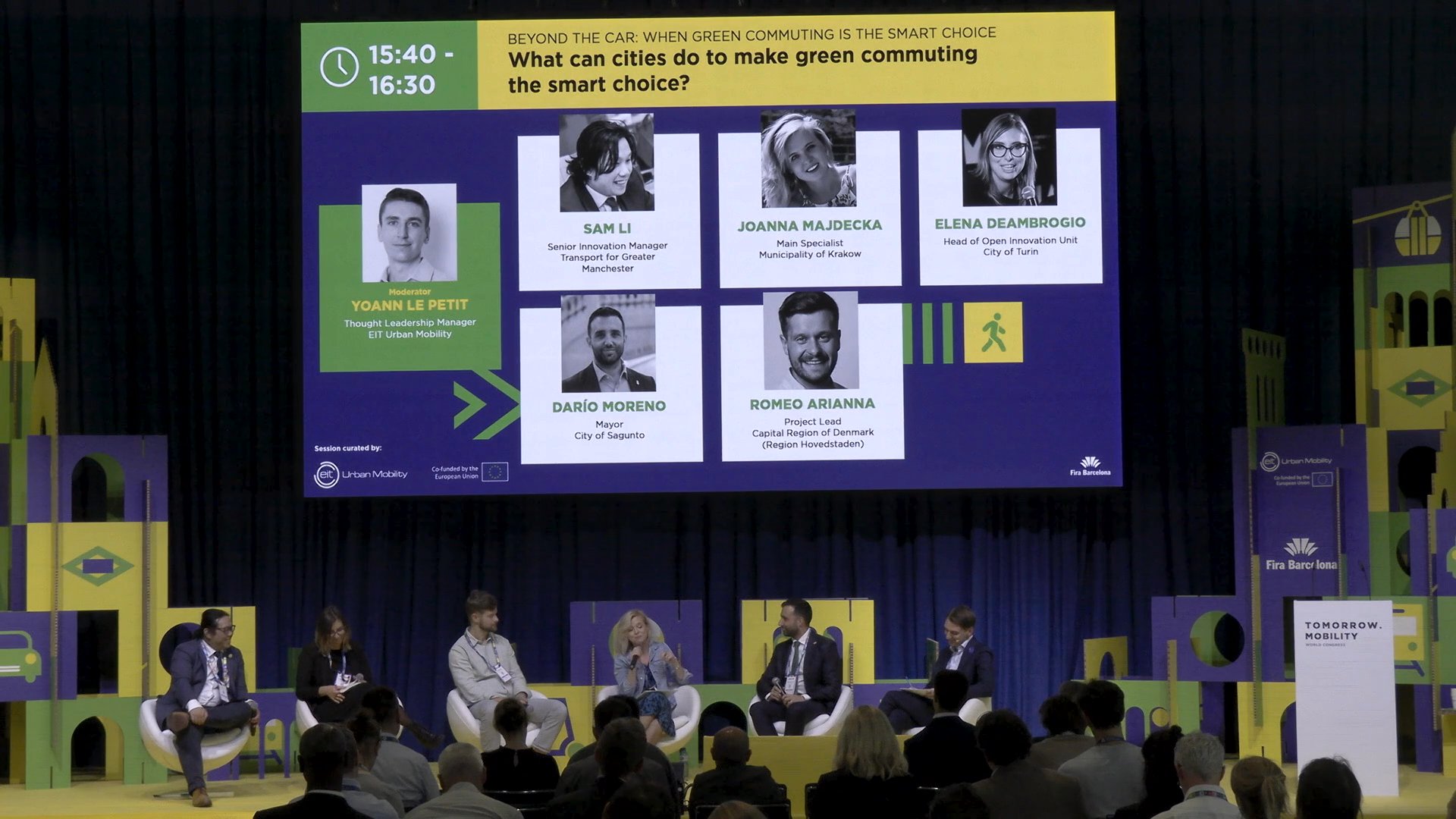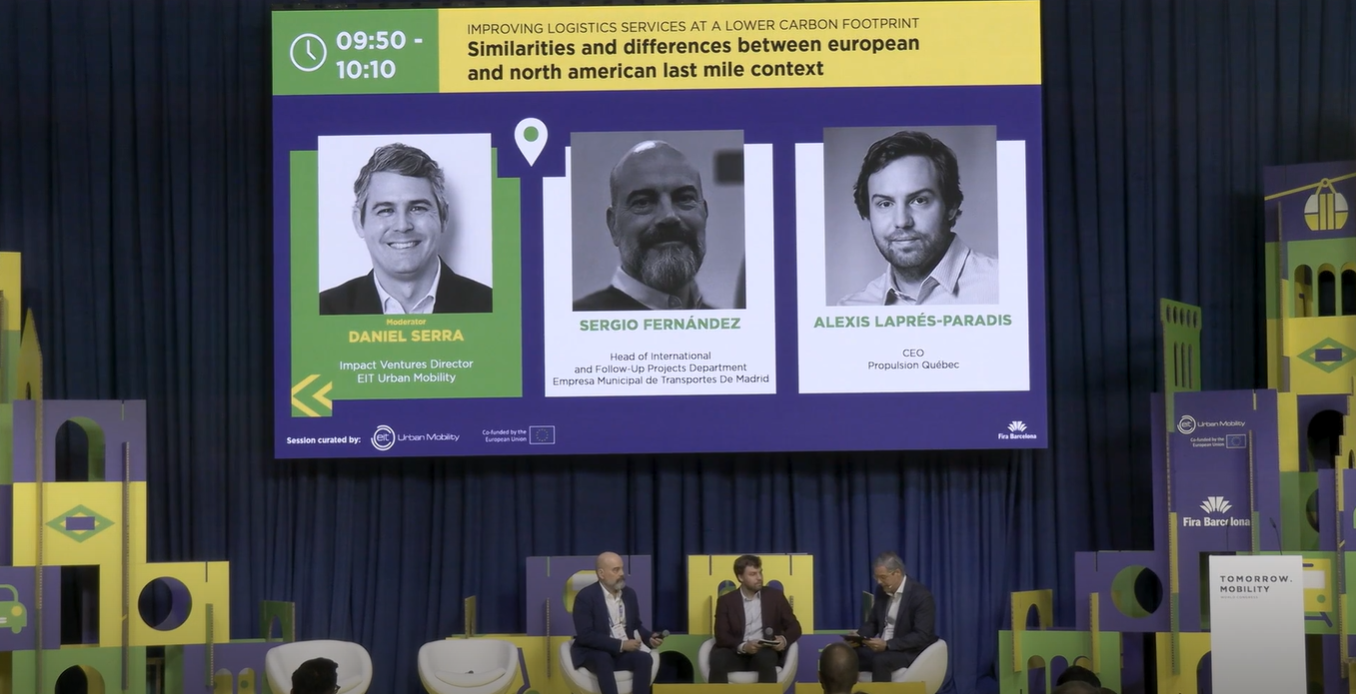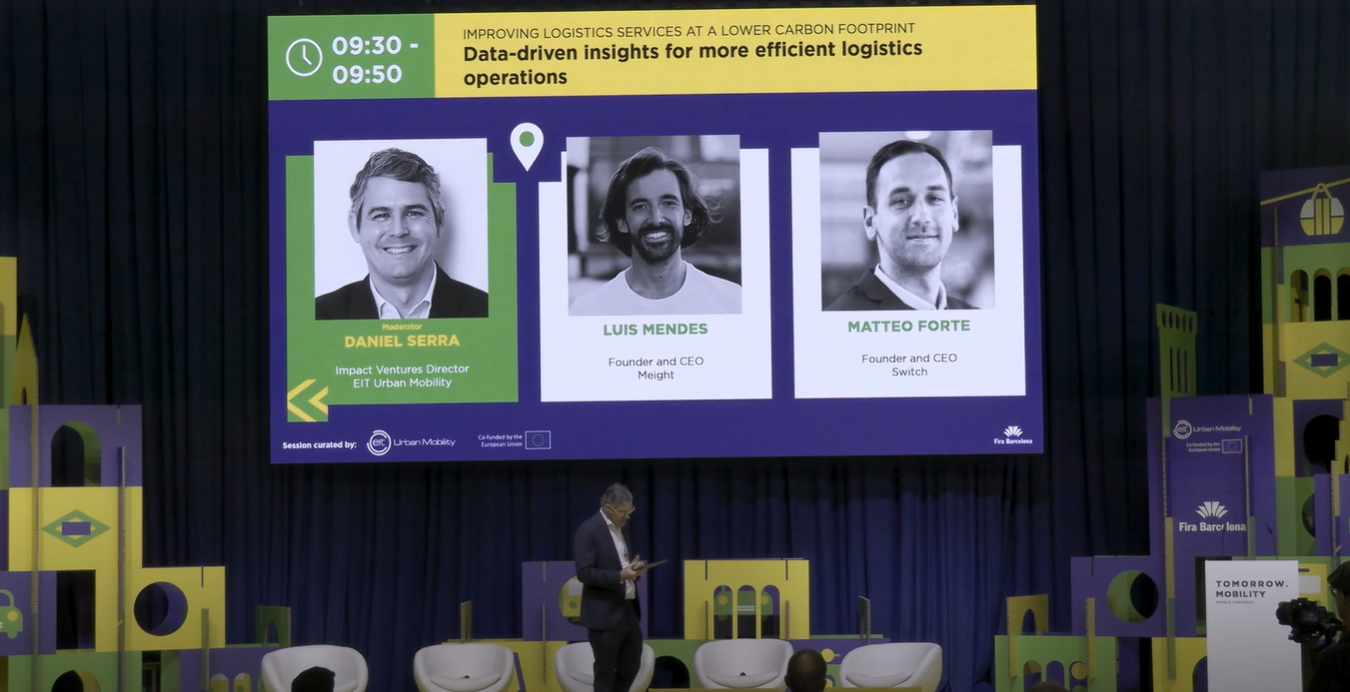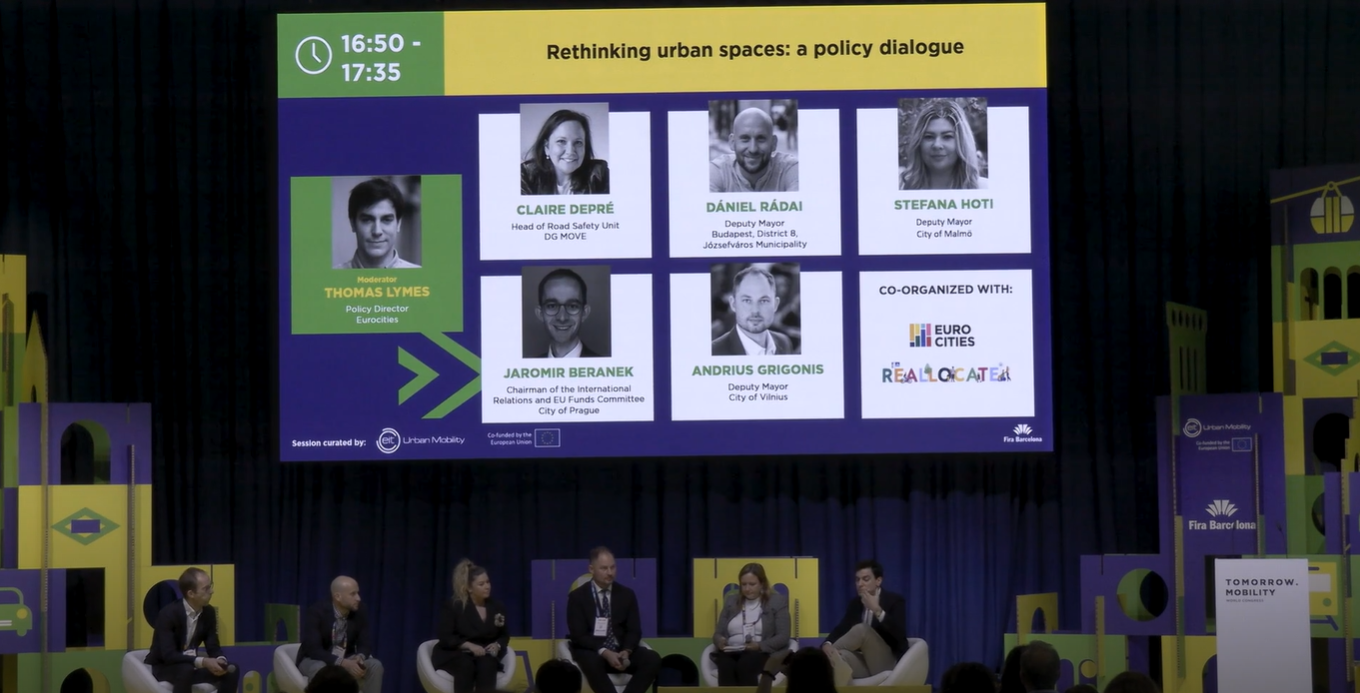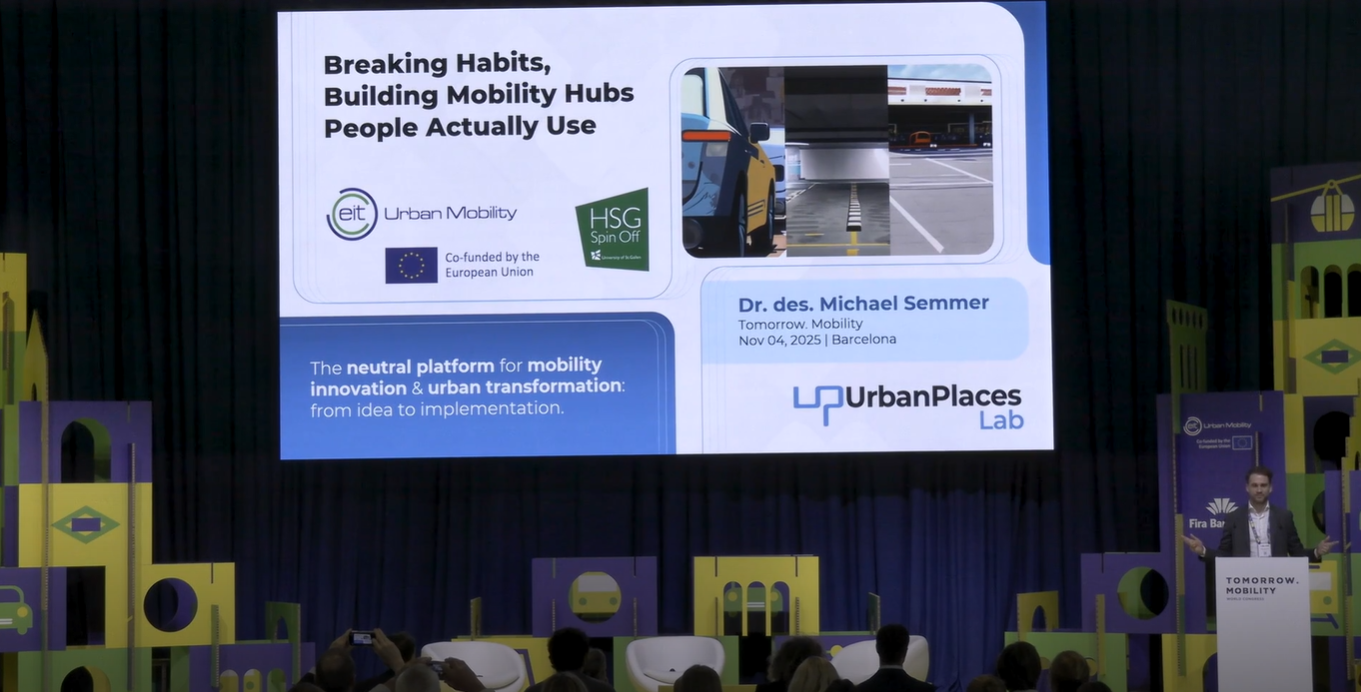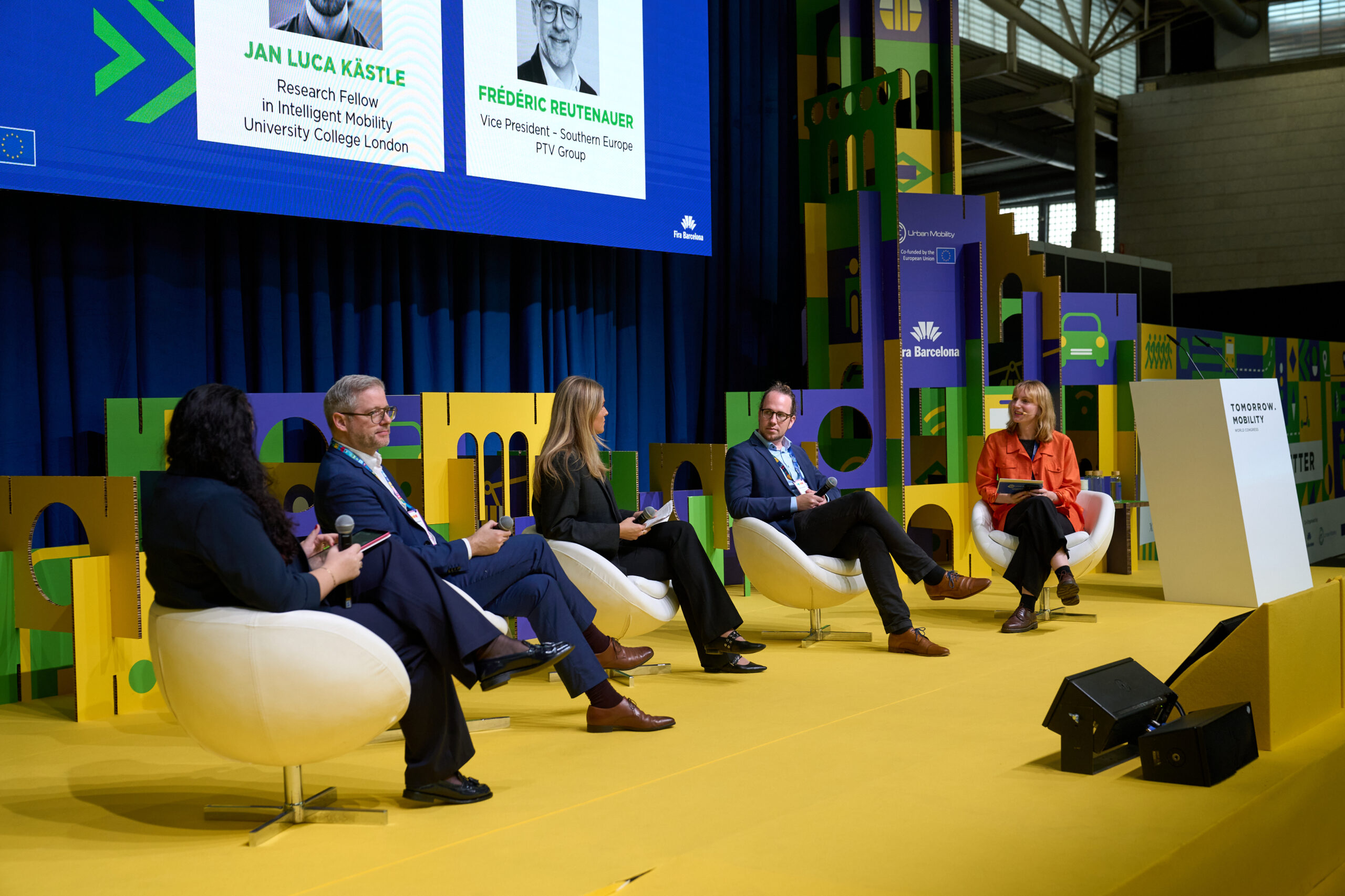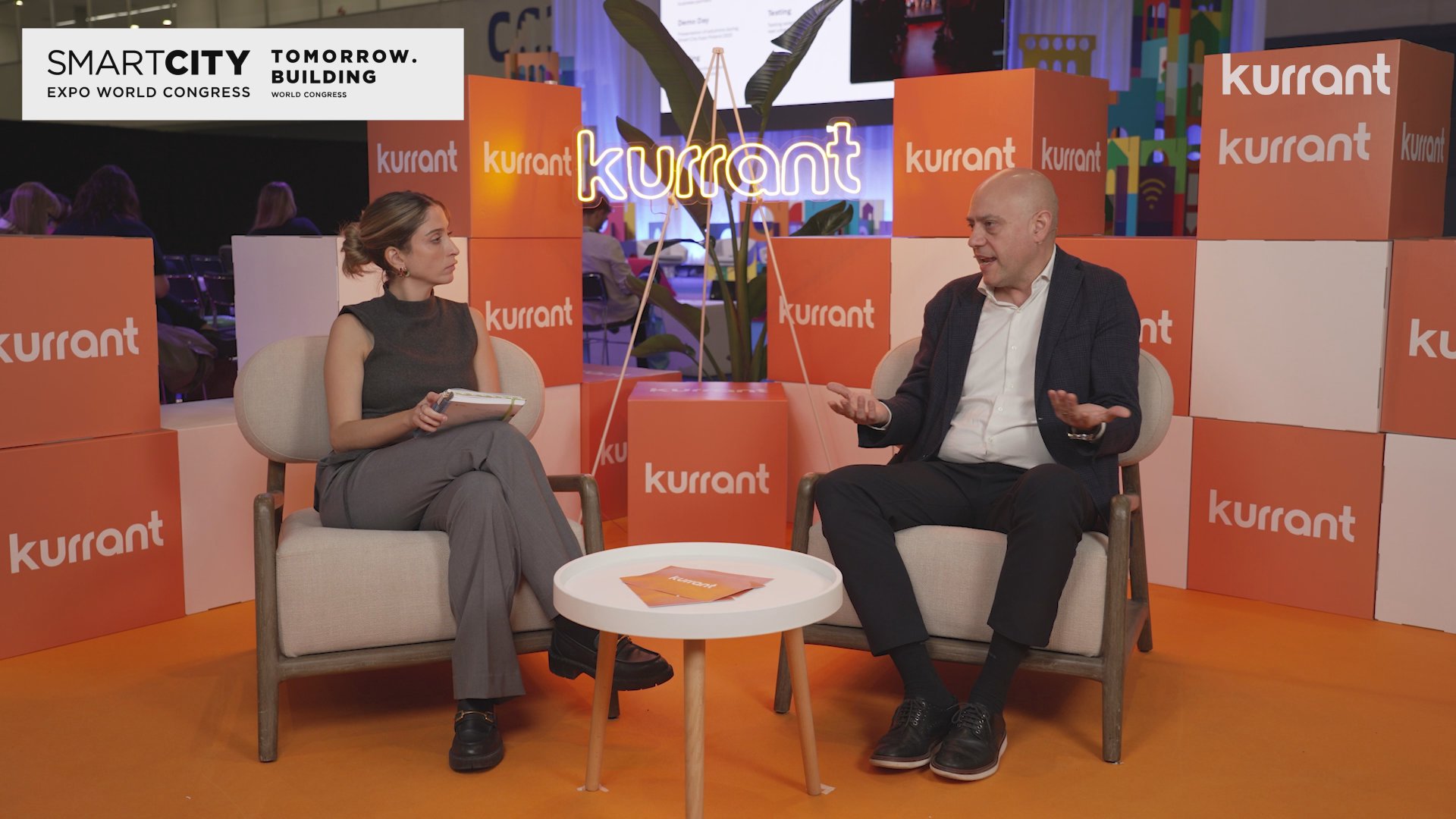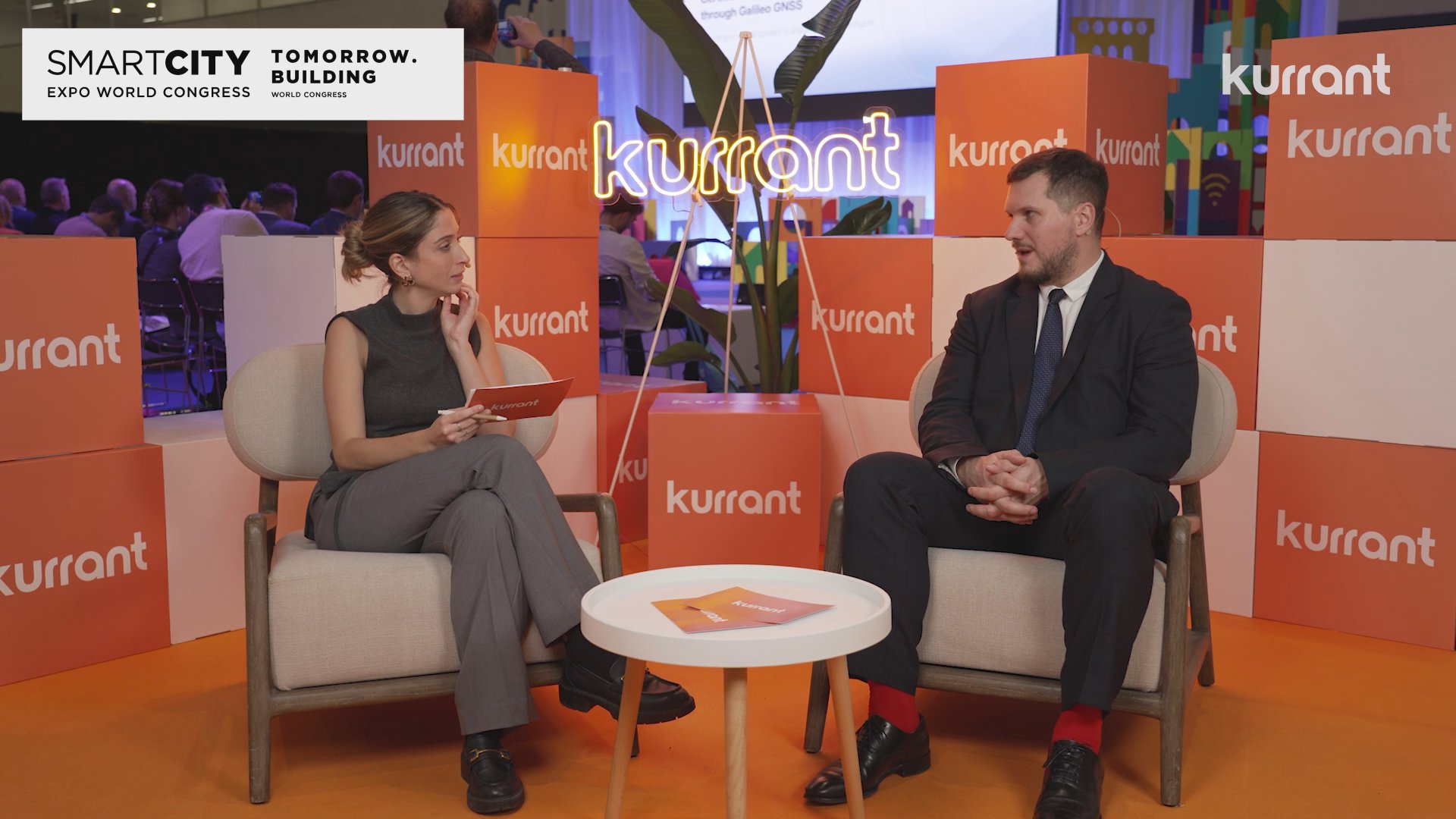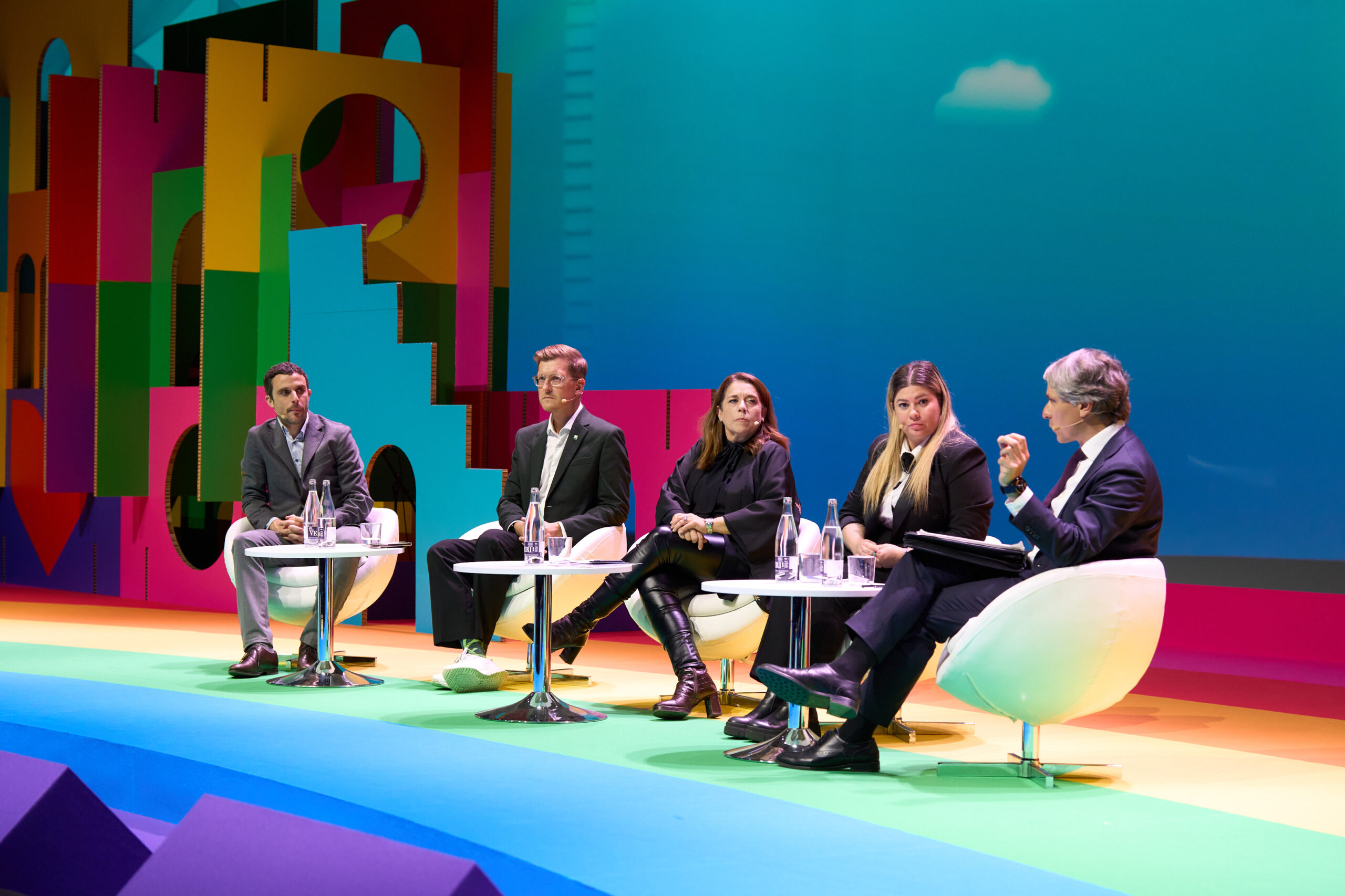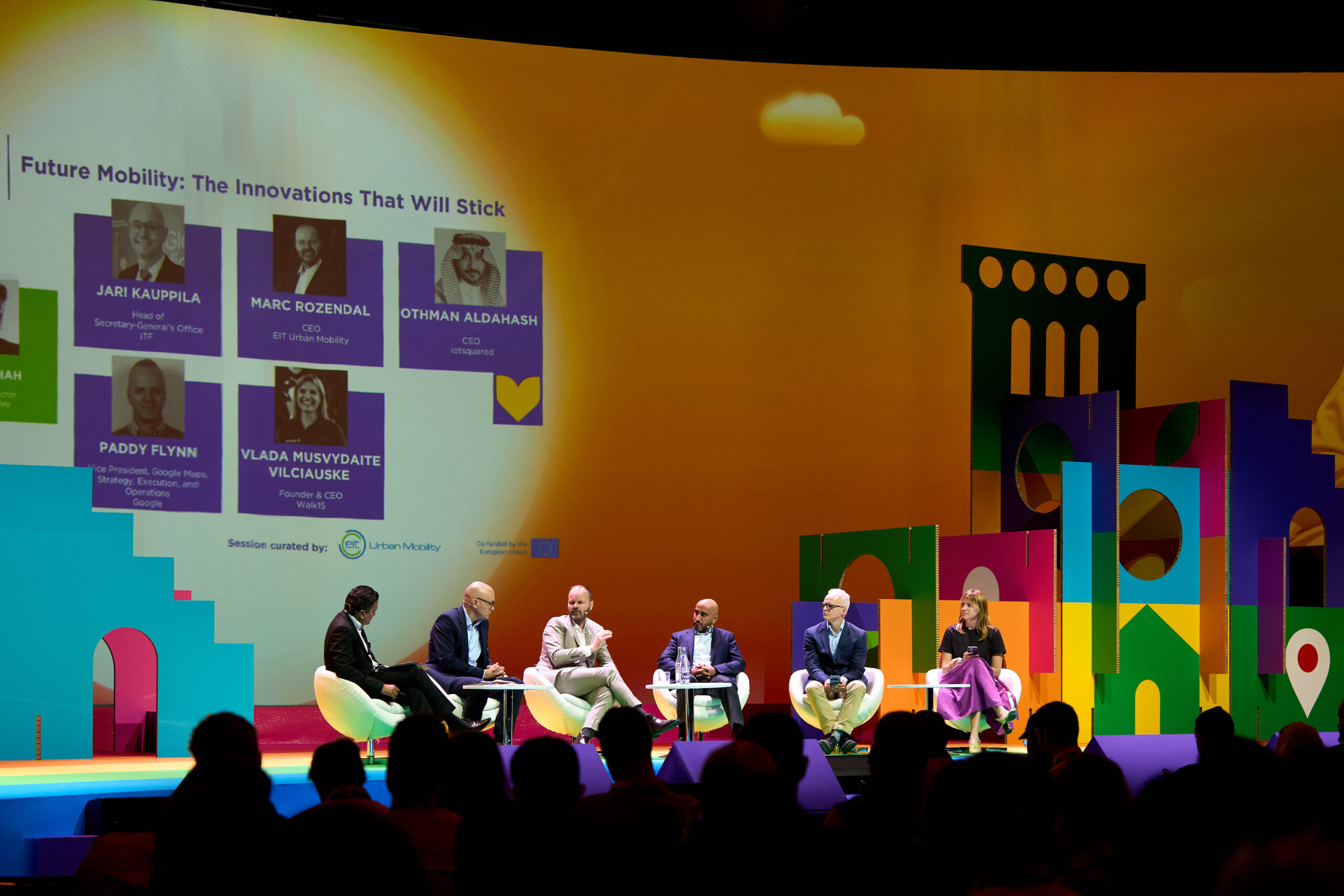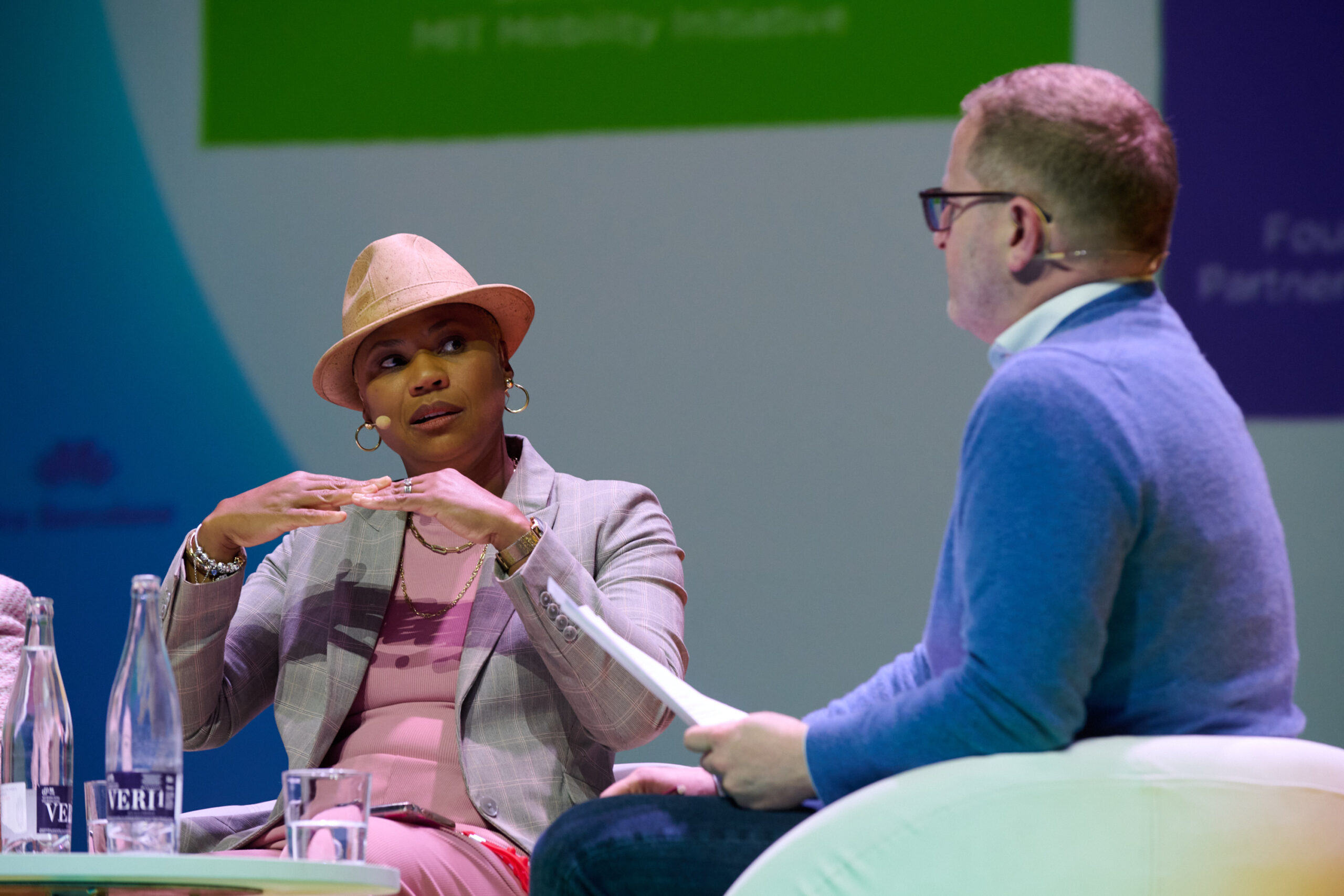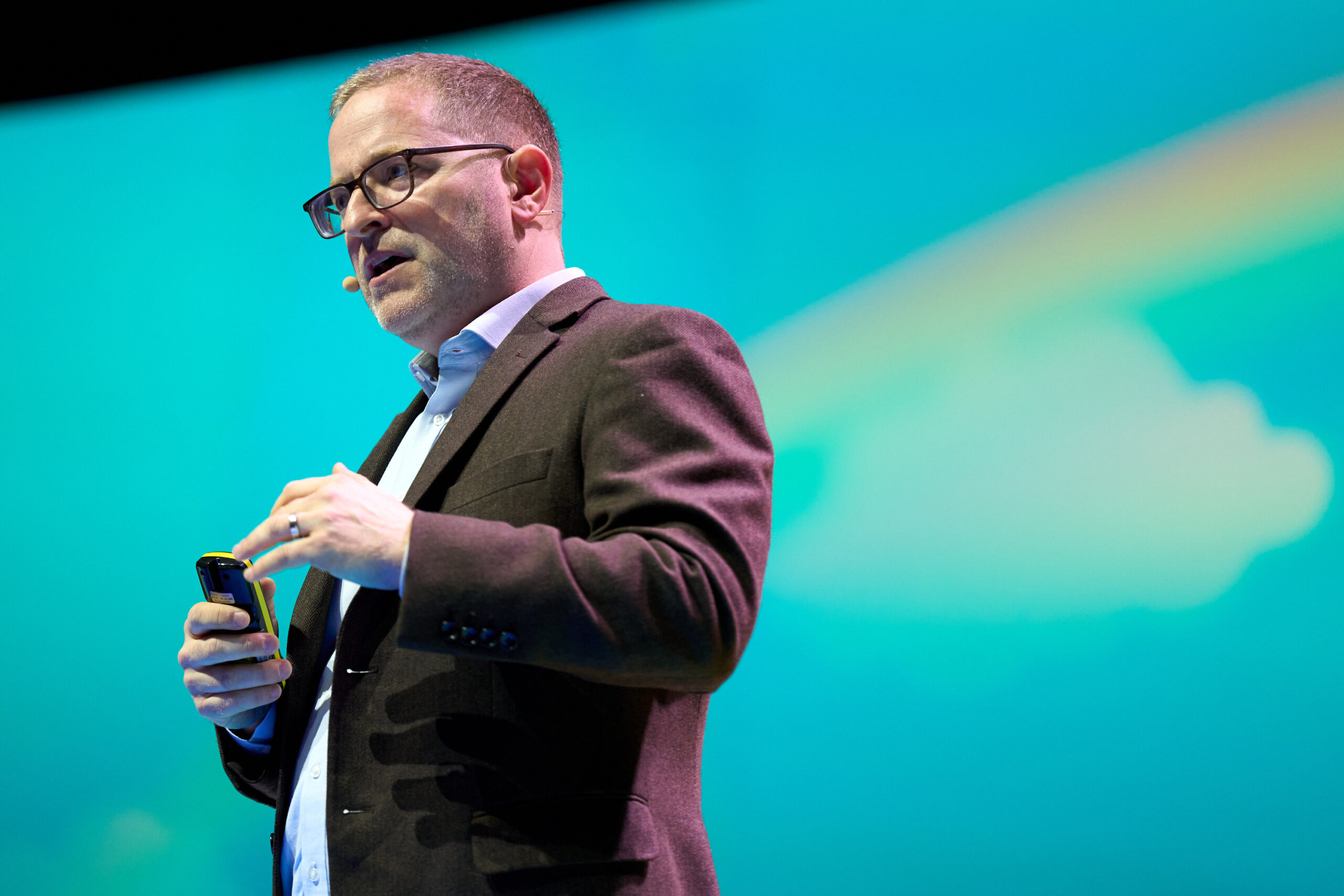Authors | Jaime Ramos, Elvira Esparza
We are used to seeing how car manufacturers present futuristic prototypes equipped with latest connectivity features and autonomous driving. What is not so common is to them doing this at an urban planning level.
This is what Toyota is trying to do with Woven City. A living laboratory in which to experiment, from scratch, with latest technologies in terms of urban planning, mobility, energy management, connectivity, robotics and space optimisation. A project that is similar to the one already carried out with Toronto’s Alphabet city.
What made Toyota decide to create a smart city?
Toyota’s Woven City goes one step further, in terms of space. Because, while Google’s Smart City in Toronto occupies around four hectares, Woven City covers an area of 70 hectares. The idea is to choose a neighbourhood that can house a population of around 2,000 residents located at the foot of Mount Fuji.
The time and place are not causal. The manufacturer officially presented its project during the last CES in Las Vegas, the largest technology trade show in the world. This was used as the first showcase before its inauguration at the Tokyo 2020 Olympics.
Woven City: towards the total integration of smart technologies

The plan with Woven City includes designing three types of streets (a fast one for vehicles, a mixed one and another one for personal mobility) in a totally sustainable environment. Pavements are adorned with buildings made mostly of wood, with rooftops covered with solar panels with an energy production that will be combined with energy from hydrogen fuel cells.
Toyota’s city also presents smart cities divided into three types, by type of mobility, including autochthonous plants and with high levels of automation in terms of public services, consolidated with the use of artificial intelligence via robots and autonomous vehicles.
The urban space has been designed to promote the social aspects of a city’s main square. “Dirty jobs” such as the distribution of products and the most robotic form of transport will be underground, in the core of the city.To design it, Toyota hired the services of the Danish architect Bjarke Ingels, famous for projects such as the new World Trade Center in New York or Google’s headquarters, carried out by his studio BIG.
What can we expect from Woven City?
Official estimates suggest that Woven City will be inhabited by around 2021, which will mark the start of an experimental phase through the experience of the first inhabitants. However, it is impossible to disconnect this conceptual city from its context.
Tokyo’s Games are serving as the incentive for the advanced Japanese industry. Unsurprisingly, everything this year is aimed at showing the world the miracles of its society. Woven City forms part of this strategy designed to show off Japan’s technological leadership more than meeting the needs of the population and it will be difficult to ignore this promotional aura.
A good example of these intentions is the star role of hydrogen fuel cells in the project. The use of this fuel is somewhat unfeasible in today’s world. However, Japan and, specifically, Toyota, have been firmly committed to hydrogen-related technologies for years. A trump card that may diminish the credibility of this city of the future.Nevertheless, we will have to wait to see how the project unfolds. The moment of truth will come once the Games have been held.
The first phase of Woven City is now complete

Phase 1 buildings designed for co-creation activities were finished by the end of last year. These buildings achieved Platinum LEED certification for their environmentally respectful design. The buildings are primarily constructed from wood to reduce their carbon footprint.
This phase is scheduled to be inaugurated in autumn, with around 100 residents—mainly Toyota and Woven by Toyota employees and their families—set to move in. Following this, external tenants will move in gradually, with the number of residents reaching around 360 out of the 2,000 planned for the full city. At present, Woven is only accessible to residents’ friends and family, but it is expected to open to the public by late next year.
Neighborhood parks and squares will serve as gathering spaces, reflecting the city’s overall design aimed at fostering social connection.
Through this project, Toyota is evolving from an automobile manufacturer into a mobility company. It will conduct experiments to address various social challenges, including traffic congestion, business revitalization, and the reduction of traffic accidents. For example, to address traffic jams, Toyota will analyze traffic and parking data to develop a system that suggests the best times for residents to drive.
One of the primary modes of mobility in Woven will be the fully autonomous E-Pallet vehicle. In fact, the entire city’s transportation system is designed to operate autonomously. The streets will accommodate fast, zero-emission autonomous vehicles alongside pedestrians, with residents’ safety always as a top priority.
Which companies and projects will be established in Woven City?

Woven City is a living laboratory where new technologies like AI and robotics will be used to create innovative mobility and connectivity solutions with a focus on sustainability. It serves as a mobility testing ground for inventors to develop and validate innovative solutions. Companies from the Toyota Group collaborate in the project alongside external partners, startups, and entrepreneurs.
The initial companies set to join the co-creation space at Woven City include:
- Daikin, a manufacturer of air conditioning products, aims to test pollen-free spaces and create functional, customized environments that adapt to various lifestyles—supporting concentration, relaxation, and improved sleep quality. From these spaces, Daikin will test whether work productivity can be enhanced and contribute to overall wellbeing.
- Dydo Drinco, a leader in drinks and beverages, intends to develop new value-generation methods using vending machines. It will collect data on purchasing habits and drink consumption to develop new products and services.
- Nissin Food Products, a maker of instant noodles, is exploring the creation of new food environments. In Woven City, Nissin will test the effectiveness of its Optimized Nutri-Dense Meals by monitoring their impact on people’s mental and physical health, as well as behavior.
- UCC Japan, a coffee manufacturer and retailer, plans to open a café to explore coffee’s potential value and analyze effects such as customers’ facial expressions and conversation flow.
- Zoshinkai Holding, an educational services company offering both in-person and remote learning, aims to implement innovative teaching methods and create new learning environments using data. It will open a nursery school and an after-school care center next year, using artificial intelligence to analyze children’s activities in Woven.
Toyota is also in conversations with other companies such as Eneos Corporation, Nippon Telegraph and Telephone Corporation (NTT) and Rinnai Corporation. Toyota has also invited emerging companies, entrepreneurs, universities, and research institutions to participate in the project through an accelerator program starting this summer.
Researchers will be able to test technologies such as autonomous systems, robotics, personal mobility, smart homes, and artificial intelligence in a real-world setting.
Images | Toyota/Woven City
